Tips for Managing Chronic Pain Without Medication
August 20, 2025
10 min

Understanding Chronic Pain and the Shift Towards Medication-Free Management
Chronic pain affects millions worldwide and poses a significant challenge to quality of life and functional ability. While medications have commonly been used to manage pain, growing evidence and patient preferences reveal the benefits of alternative, non-pharmacological approaches. This article explores effective strategies, psychological techniques, holistic therapies, and practical lifestyle modifications that empower individuals to control chronic pain without relying on medications.
Comprehensive Approaches for Managing Chronic Pain Without Medication
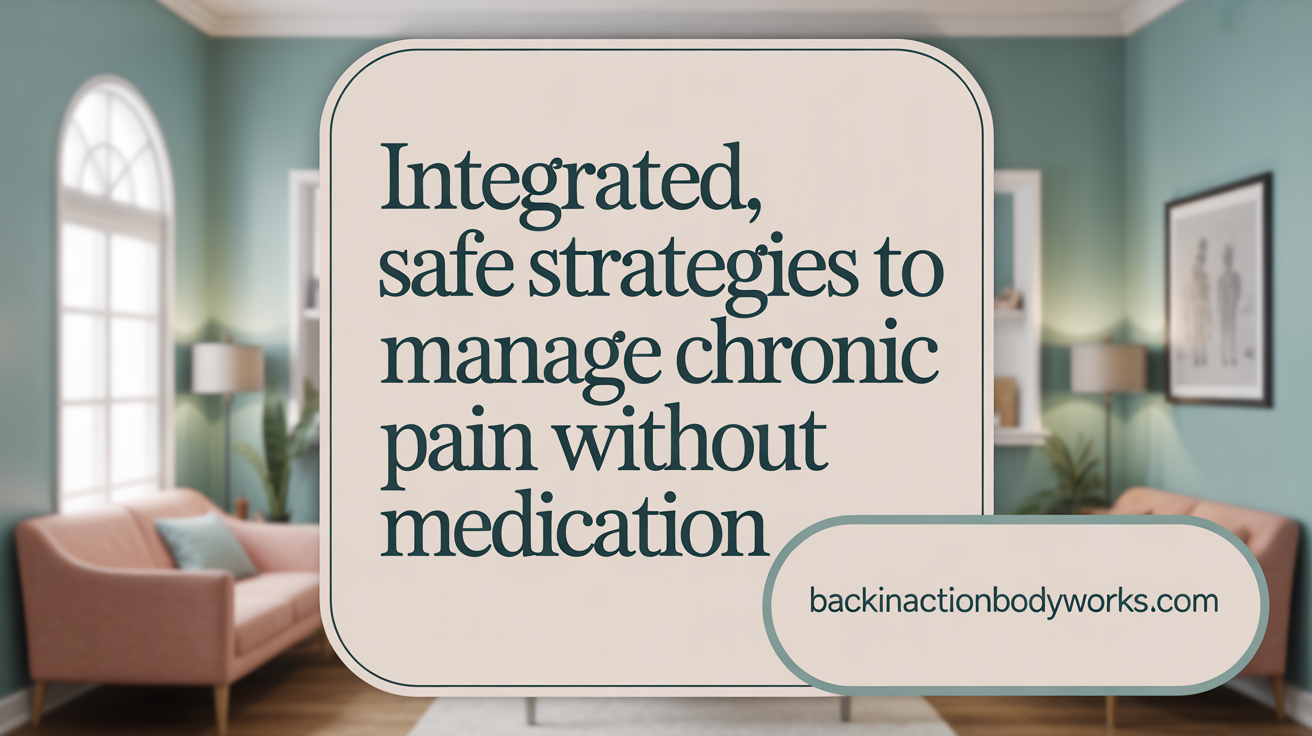
How can chronic pain be managed effectively without medication?
Managing chronic pain without relying solely on medications involves a combination of alternative and integrated strategies that focus on the mind, body, and lifestyle changes. These approaches aim to reduce pain, improve function, and enhance quality of life.
A fundamental aspect is engaging in physical activities such as yoga, tai chi, and physical therapy. Yoga and tai chi not only incorporate gentle movements but also emphasize breath control, mindfulness, and relaxation, which can ease symptoms of conditions like arthritis and fibromyalgia. Physical therapy involves stretching, strengthening exercises, and manual therapies that help restore muscle function, improve mobility, and reduce strain.
Mind-body techniques are powerful tools that help regulate stress and emotional responses to pain. Practices like mindfulness meditation, diaphragmatic breathing, and progressive muscle relaxation can decrease muscle tension and emotional distress, often worsening pain. Regular practice of these techniques can lead to better pain management and emotional resilience.
Complementary therapies, including acupuncture, massage therapy, and chiropractic care, also support pain reduction. Acupuncture, for example, may stimulate natural pain-relieving chemicals in the body, while massage relaxes tense muscles and relieves stress.
Psychological therapies such as Cognitive Behavioral Therapy (CBT) are essential for addressing thoughts, feelings, and behaviors related to chronic pain. CBT helps patients develop coping mechanisms, challenge negative thoughts, and stay engaged in daily activities despite pain.
In addition to these therapies, patient education plays a critical role. Learning about pain mechanisms, self-management strategies, and pacing activities can prevent flare-ups and improve overall well-being.
Incorporating these approaches requires active participation from individuals and coordination with healthcare providers. Together, these methods form a comprehensive, multimodal plan that can effectively manage chronic pain without dependence on medications, thus reducing risks associated with long-term drug use.
Psychological and Emotional Techniques to Conquer Pain
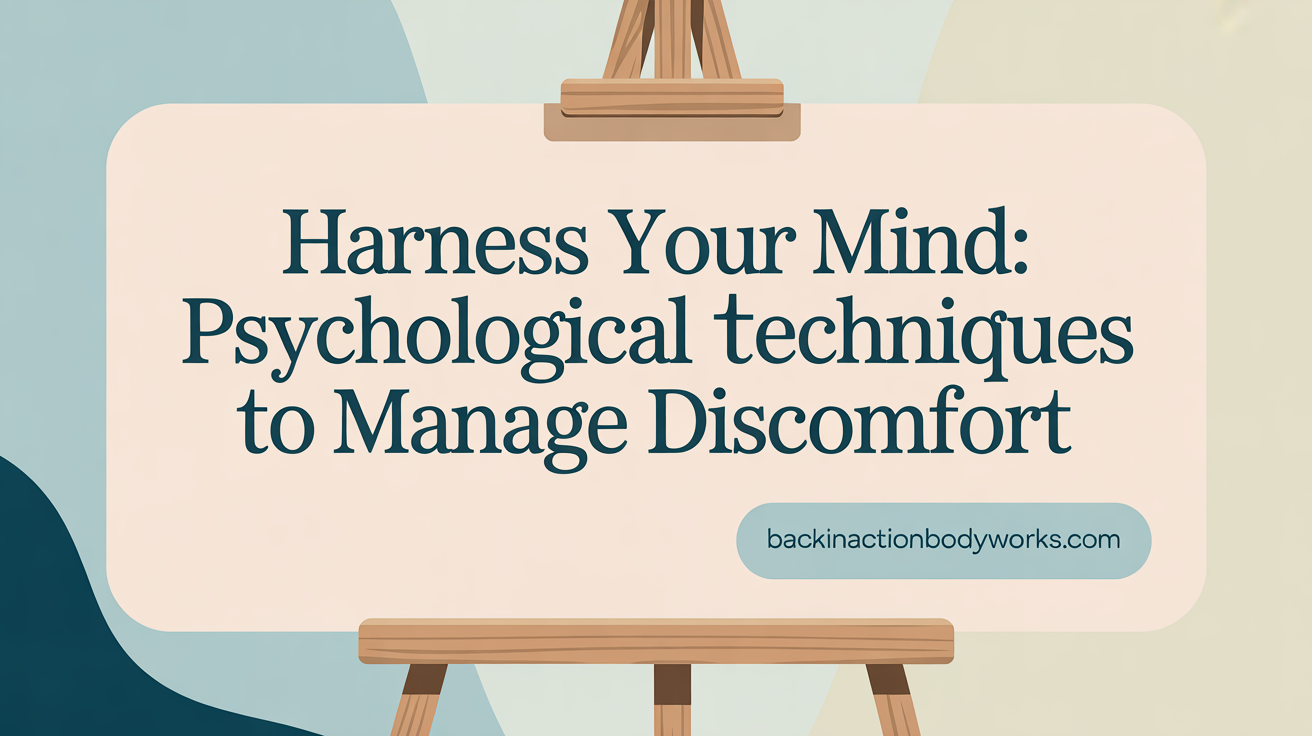
What are some psychological techniques to help control pain mentally?
Managing chronic or persistent pain often requires addressing not just the physical aspect, but also mental and emotional factors. Several psychological techniques can assist individuals in controlling pain more effectively.
Relaxation and breathing exercises, such as slow, deep inhalations through the nose followed by controlled exhalations through the mouth, help reduce muscle tension and stress. Meditation practices, including mindfulness meditation and guided imagery, focus attention inward, fostering calmness and reducing pain perception.
Biofeedback is another powerful tool; it uses electronic devices to monitor physiological responses like heart rate and muscle tension, enabling individuals to learn how to control these responses consciously. This technique can decrease the intensity of pain in conditions like headaches and back pain.
Cognitive Behavioral Therapy (CBT) is widely used to challenge unhelpful thoughts associated with pain, such as catastrophizing or feelings of helplessness. It helps patients reframe negative beliefs and develop positive coping strategies, which can lessen the emotional distress linked to pain.
Effective emotion management is crucial. Stress reduction techniques like pacing activities, engaging in enjoyable hobbies, and employing relaxation methods help avoid stress-induced increases in pain.
Educational approaches, such as Therapeutic Neuroscience Education, inform patients about the neurophysiology of pain. Understanding that pain does not always equate to tissue damage can decrease fear and maladaptive beliefs, leading to better pain management.
Additional psychological strategies include distraction techniques—such as listening to music or visualizing pleasant scenes—and focusing on pain-free parts of the body. Maintaining a positive outlook and practicing mindfulness further enhance resilience against pain-related distress.
Incorporating these mental strategies into daily routines can empower individuals, helping them maintain a better quality of life despite chronic pain challenges.
Lifestyle Changes and Practical Self-Help Tips to Ease Pain
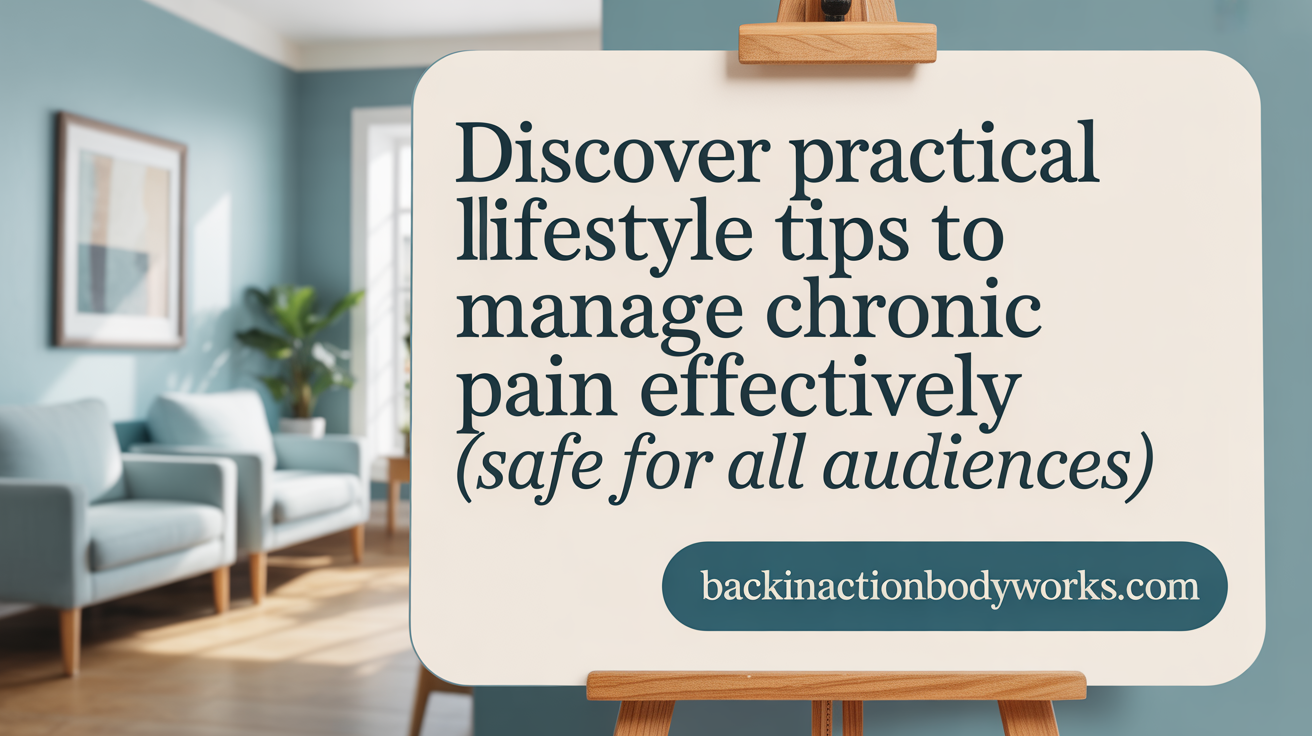
What lifestyle modifications and practical self-help tips help reduce chronic pain and discomfort?
Managing chronic pain often involves more than just medication. Incorporating certain lifestyle change strategies can significantly improve quality of life and reduce discomfort. One important approach is pacing activities carefully. This means breaking tasks into manageable parts, avoiding overexertion, and scheduling regular rest periods to prevent flare-ups.
Engaging in gentle, regular exercise like walking, yoga, or tai chi can help maintain flexibility and build strength. These activities also promote better blood flow and release mood-enhancing chemicals, which can lessen the perception of pain.
Diet and hydration are vital components. Eating a balanced diet rich in fruits, vegetables, whole grains, and healthy fats supports healing and reduces inflammation. Staying well-hydrated with plenty of water helps maintain joint lubrication and tissue health.
Stress management techniques such as deep breathing, mindfulness, meditation, and muscle relaxation can reduce muscle tension and diminish pain perception. Establishing a good sleep routine—going to bed at regular times, creating a restful environment, and avoiding stimulants—can improve sleep quality, which is closely tied to pain levels.
Good ergonomics at work and home, such as proper chair and desk setup, can prevent strain and injury. Using assistive devices like supports or braces when necessary can also help lessen pain.
Finally, staying socially and recreationally active—participating in hobbies, meeting with friends, or engaging in pleasurable activities—can uplift mood and divert attention from pain.
Implementing these strategies consistently, seeking support when needed, and maintaining open communication with healthcare providers can lead to more effective pain management and an improved sense of well-being.
Exploring Effective Alternative and Holistic Therapies
What alternative and holistic therapies are effective in alleviating chronic pain?
Many non-drug treatments have demonstrated success in managing chronic pain. Acupuncture, an ancient therapy that involves inserting thin needles into specific points on the body, is believed to stimulate the release of natural pain-relieving chemicals like endorphins. It has been used for conditions such as back pain, migraines, and osteoarthritis.
Mindfulness meditation and hypnosis help focus attention and calm the nervous system, reducing muscle tension and perceived pain. Regular practice can decrease pain intensity and improve overall well-being.
Yoga and tai chi incorporate gentle movements, breath control, and mindfulness, making them suitable for conditions like arthritis, fibromyalgia, and neck pain. These practices promote flexibility, strength, and mental relaxation.
Massage therapy relaxes tense muscles, relieves stress, and can slow pain signals. It’s often used to treat back, neck, and joint pain, providing a calming effect that supports physical and emotional health.
Spinal manipulation and chiropractic care aim to correct alignment issues, relieving pressure on nerves and reducing pain, especially in the back and neck.
Biofeedback and electrical nerve stimulation techniques like TENS use electronic devices to teach control over body functions or block pain signals, providing relief for headaches and back pain.
While lifestyle strategies such as healthy eating, stress management, and physical activity are also integral, these therapies collectively form an effective, drug-free approach to chronic pain management.
Working closely with healthcare providers ensures these therapies are tailored to individual conditions, optimizing pain relief and improving quality of life.
Innovative Non-Pharmacological Treatments on the Horizon
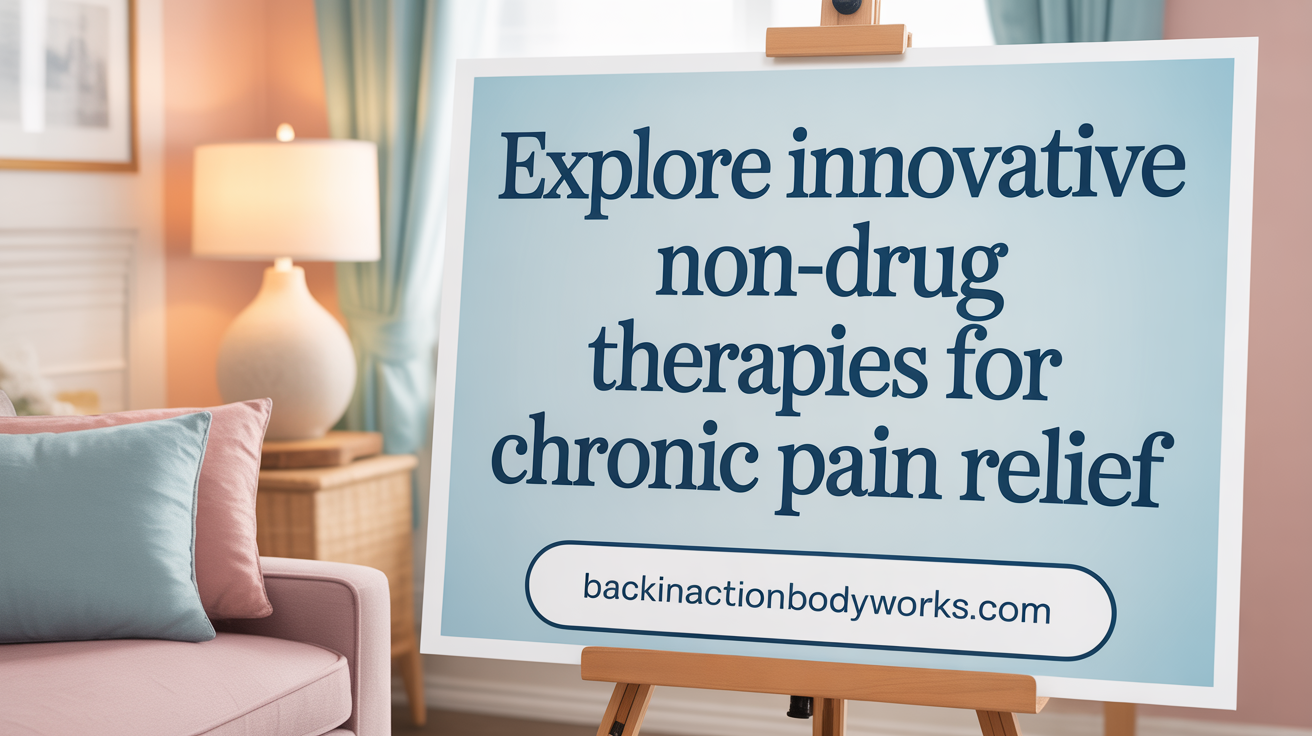
What new non-pharmacological treatments are available for chronic pain relief?
Recent advancements have introduced promising non-drug options that effectively manage chronic pain. One notable innovation is peripheral nerve stimulation (PNS), including devices like the SPRINT PNS. This minimally invasive therapy involves locating the nerve responsible for pain using ultrasound, confirming it with a local anesthetic injection, and then implanting a small, controllable device that delivers electrical stimulation to reset nerve activity.
The SPRINT PNS device has been recognized as a major breakthrough due to its ability to provide long-lasting relief without drugs or surgery. Clinical data show that around 75% of patients experience significant pain reduction for a year or more. FDA approval and insurance coverage, including Medicare, support its growing use across various pain regions, such as knees, back, pelvis, and post-amputation. While long-term safety and effectiveness are still under research, early results are encouraging.
In addition to PNS, research is exploring other innovative approaches like advanced biofeedback systems and virtual reality applications. Biofeedback devices measure physiological functions like heart rate and muscle tension, helping individuals learn to control their responses to pain. Meanwhile, virtual reality environments offer immersive distraction techniques, diverting attention from pain sensations and enhancing mental resilience.
The integration of mind-body techniques with technological tools continues to evolve, with therapies like guided imagery, hypnosis, and mindfulness practices being combined with digital platforms for enhanced accessibility and efficacy.
Research on efficacy and safety
Ongoing studies aim to evaluate the longevity and safety of novel modalities like PNS, with most data indicating positive outcomes over the initial year of treatment. Researchers are also refining algorithms for better targeting and stimulation parameters to maximize benefits while minimizing risks.
Integration with other therapies
These innovations are often most effective when combined with physical therapy, psychological support, and lifestyle modifications. For instance, PNS can be paired with exercise regimens and mindfulness practices to enhance overall pain management.
Advancements in mind-body and technological approaches
Emerging therapies are blending traditional mind-body techniques with cutting-edge technology, creating hybrid models that address both the physical and psychological aspects of pain. Virtual reality, for example, can incorporate relaxation and distraction strategies alongside immersive environments, offering a versatile tool for personalized pain relief.
Biofeedback and virtual reality applications
Biofeedback's electronic sensors can now be integrated with smartphone apps, providing real-time data and empowering patients to monitor and control pain-related physiological responses actively. Similarly, virtual reality programs designed specifically for pain relief are gaining popularity, offering engaging and customizable distraction experiences that help diminish pain perception.
These advancements mark a significant step forward in comprehensive, drug-free pain management, aiming to improve quality of life and minimize dependence on medications.
| Treatment Method | Description | Benefits |
|---|---|---|
| Peripheral Nerve Stimulation (PNS) | Implantable device delivering electrical pulses | Long-lasting relief, FDA approved, covers various pain sites |
| SPRINT PNS Device | A specific FDA-approved PNS device for chronic pain | Minimally invasive, effective up to a year or more |
| Biofeedback | Measures body functions to control responses | Enhances self-management, reduces pain perception |
| Virtual Reality | Immersive distraction tools for pain relief | Engages minds, reduces anxiety, improves mood |
By embracing these innovative therapies, the landscape of chronic pain management continues to expand, offering hope and tangible relief for those affected.
Developing Personalized Non-Pharmacological Pain Management Plans
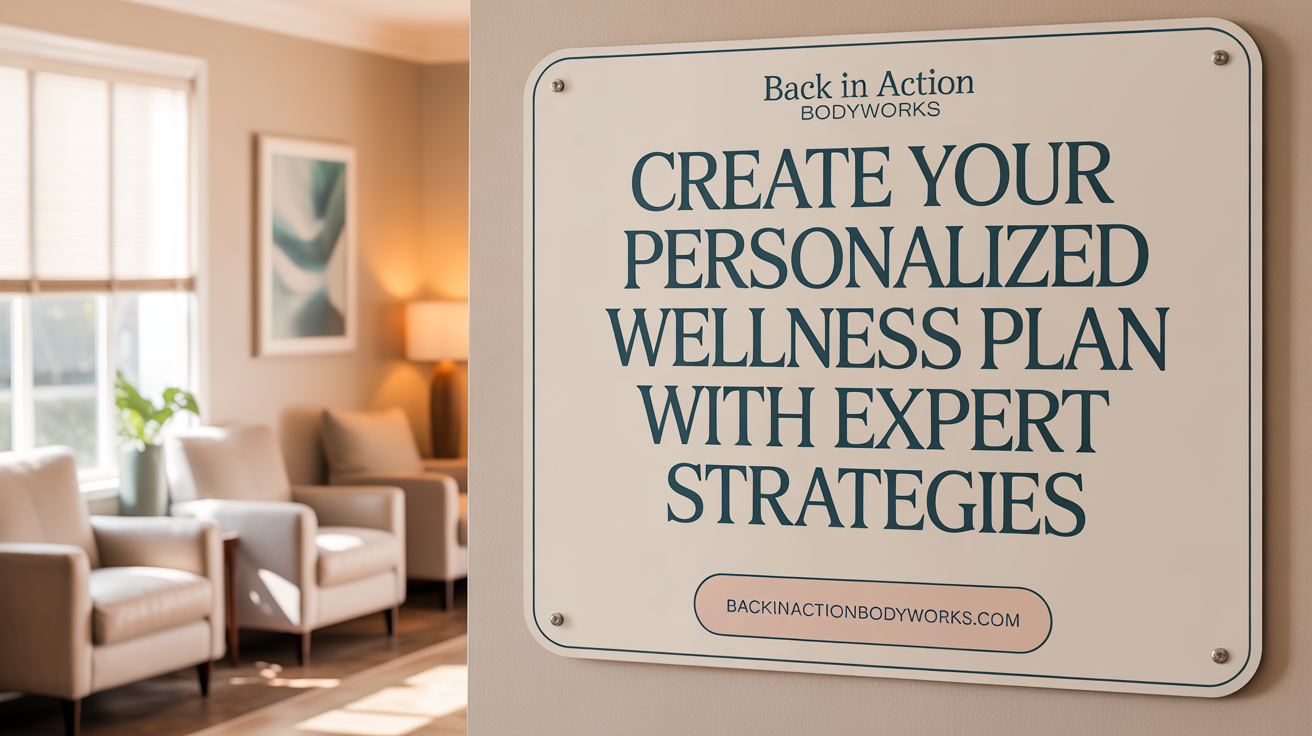
How can personalized non-pharmacological pain management plans be developed?
Creating effective pain management strategies without medication begins with a thorough, individualized assessment. Clinicians often utilize the biopsychosocial model, which considers biological factors like injury or inflammation, psychological influences such as stress or mood, and social aspects including support networks and daily routines. This comprehensive approach ensures that all facets affecting the patient’s pain are addressed.
Shared decision-making is vital. Patients should actively participate in setting realistic and meaningful goals based on their preferences, lifestyle, and pain tolerances. Whether aiming to improve mobility, reduce distress, or regain independence, aligning treatment plans with personal priorities enhances engagement and adherence.
Multimodal treatment strategies combine various non-drug therapies. These may include physical therapy to strengthen muscles and improve flexibility, cognitive-behavioral therapy (CBT) to manage negative thoughts and emotional responses, relaxation techniques like meditation or breathing exercises, and mind-body practices such as yoga or tai chi. Using different approaches simultaneously targets multiple pain pathways, often resulting in better outcomes.
Assessment and ongoing monitoring of psychological modulators such as anxiety, depression, or stress are crucial. These factors can amplify pain perception and interfere with recovery. Regular evaluations allow clinicians to modify plans accordingly, addressing emerging challenges or adjusting interventions.
Cutting-edge tools like artificial intelligence (AI) and standardized screening protocols are increasingly supporting personalized approaches. AI can analyze patient data to identify tailored interventions and predict responses, making pain management more precise and adaptable.
In sum, designing a personalized non-pharmacological pain management plan involves careful assessment, collaborative goal setting, integration of various therapies, and continuous evaluation to ensure that treatment remains aligned with the patient's evolving needs.
Empowering Life Beyond Pain Through Medication-Free Management
Managing chronic pain without medication is a multifaceted journey that requires a blend of physical, psychological, and lifestyle strategies tailored to individual needs. By embracing a holistic approach—including exercise, mind-body practices, psychological therapies, and complementary treatments—individuals can regain control and improve their quality of life. Collaboration with healthcare providers to develop personalized plans, consistent self-care, and support systems play vital roles in this process. Advances in non-pharmacological treatments offer hopeful avenues for sustained relief without the risks associated with medications. Ultimately, empowerment through knowledge, active participation, and diversified therapies fosters resilience and a meaningful, pain-managed life.
References
- Management of Pain without Medications | Stanford Health Care
- 4 Ways To Manage Chronic Pain Without Medication
- 10 ways to reduce pain - NHS
- Non-Drug Pain Management - MedlinePlus
- 8 non-invasive pain relief techniques that really work - Harvard Health
- Treating chronic pain without drugs | UCI Health | Orange County, CA
- Tips for managing chronic pain - Mayo Clinic Health System
Recent articles
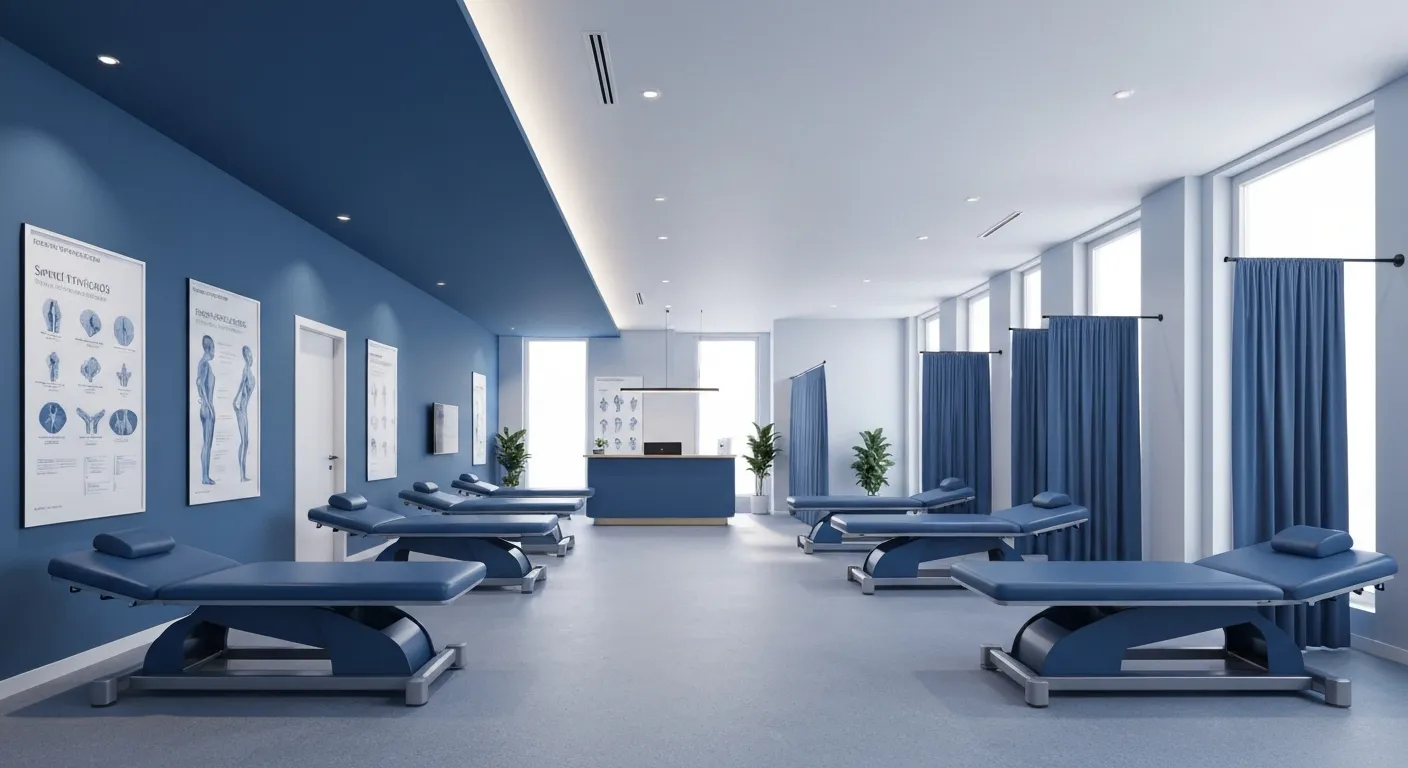
Simple Lifestyle Adjustments to Maintain a Healthy Spine

Personalized Nutritional Counseling for Improved Health Outcomes

Exploring Non-Surgical Treatments for Spine-Related Conditions
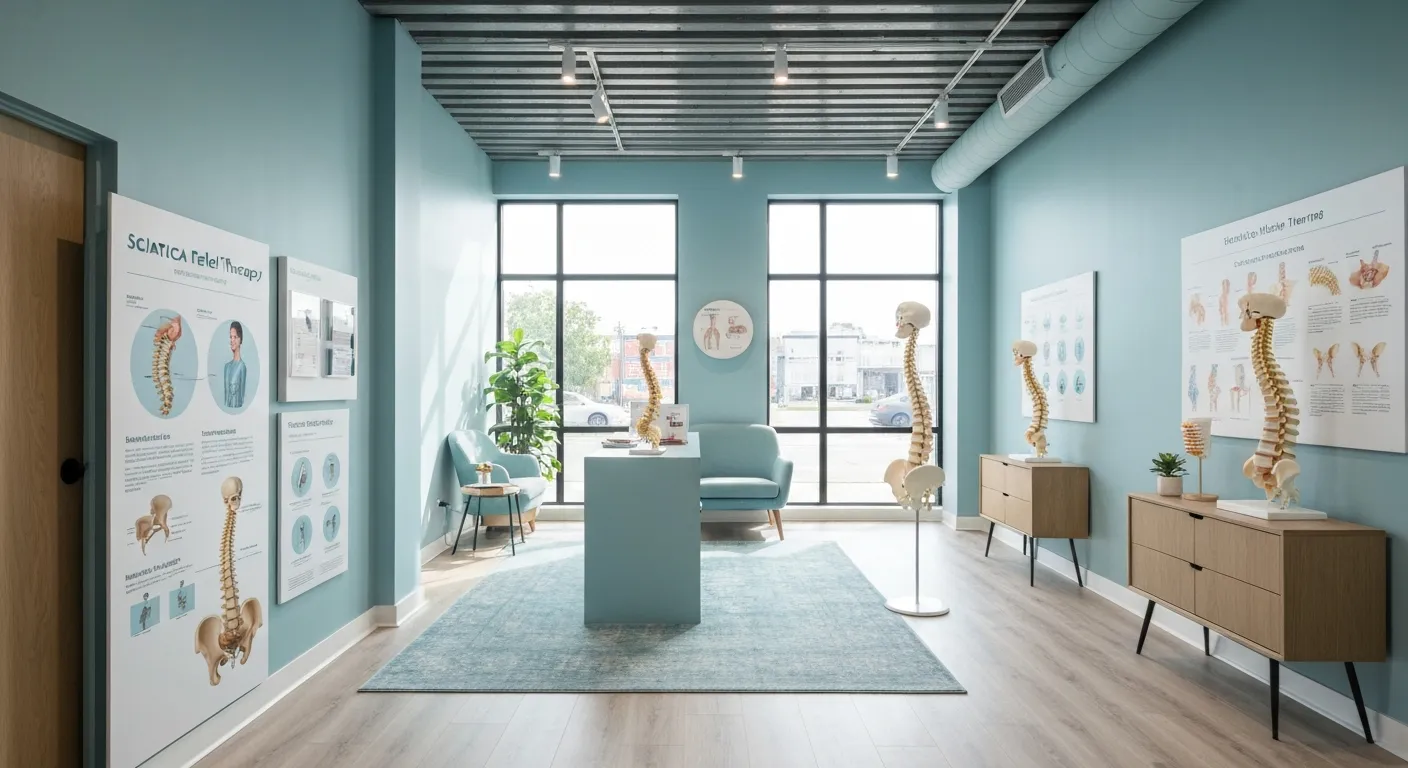
An Introduction to Spinal Decompression for Sciatica Patients
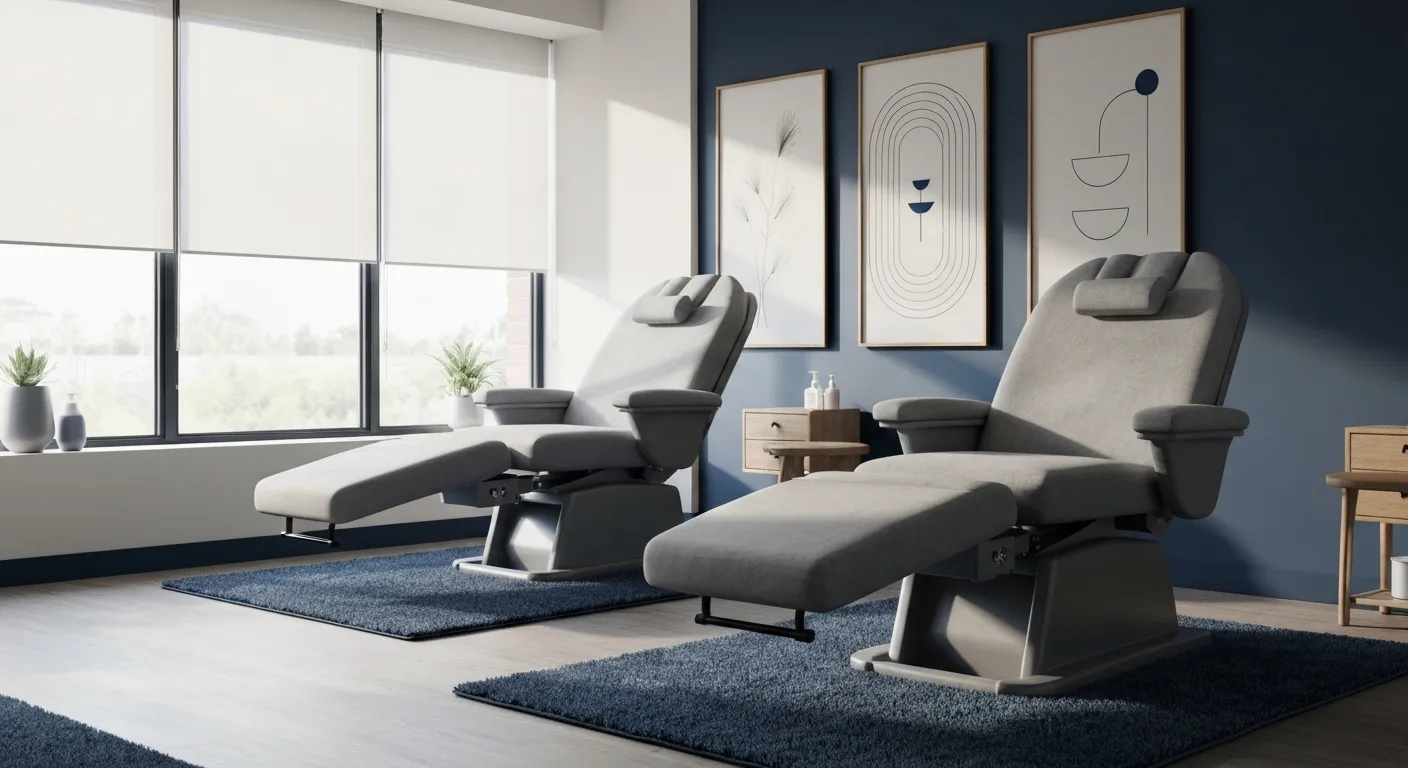
Transformative Success Stories: Patient Experiences with Chiropractic Treatments
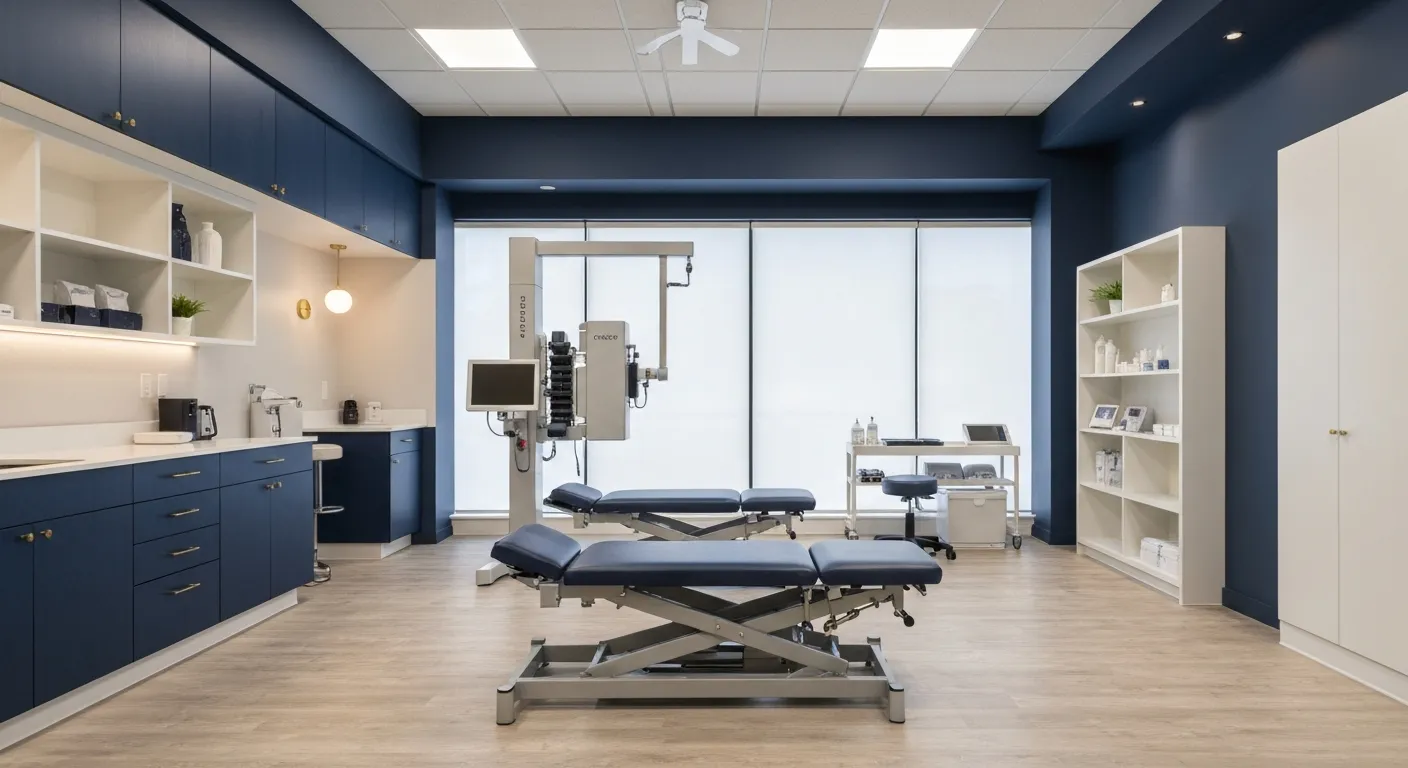
Why Chiropractic Care Is Essential for Back Pain Relief

Addressing Underlying Causes Versus Symptom Management in Pain Care

The Role of Nutrition in Enhancing Chiropractic Treatment Effectiveness

Sciatica Treatment Options: Is Spinal Decompression Right for You?
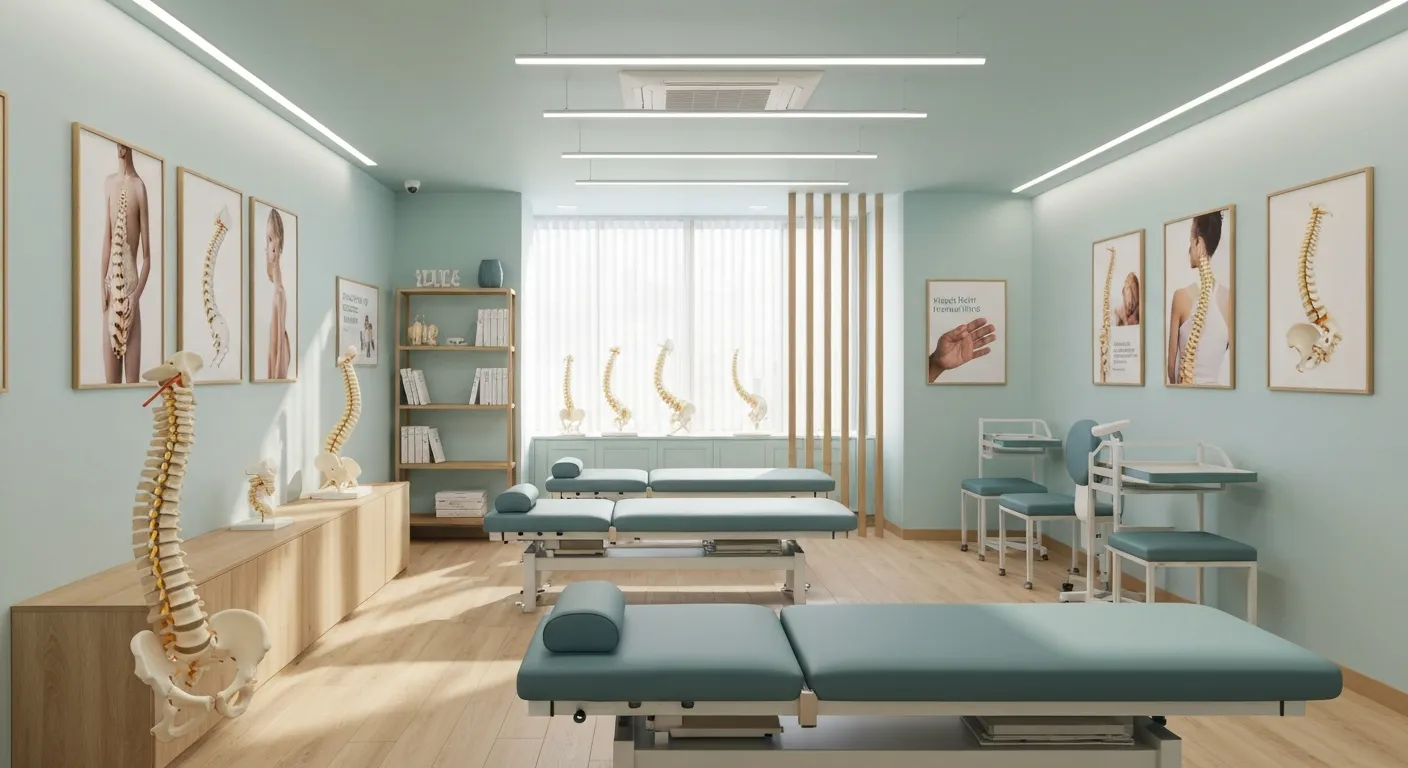
Lifestyle Tips to Maintain a Healthy Spine and Prevent Back Issues

The Synergy Between Physiotherapy and Chiropractic Treatments
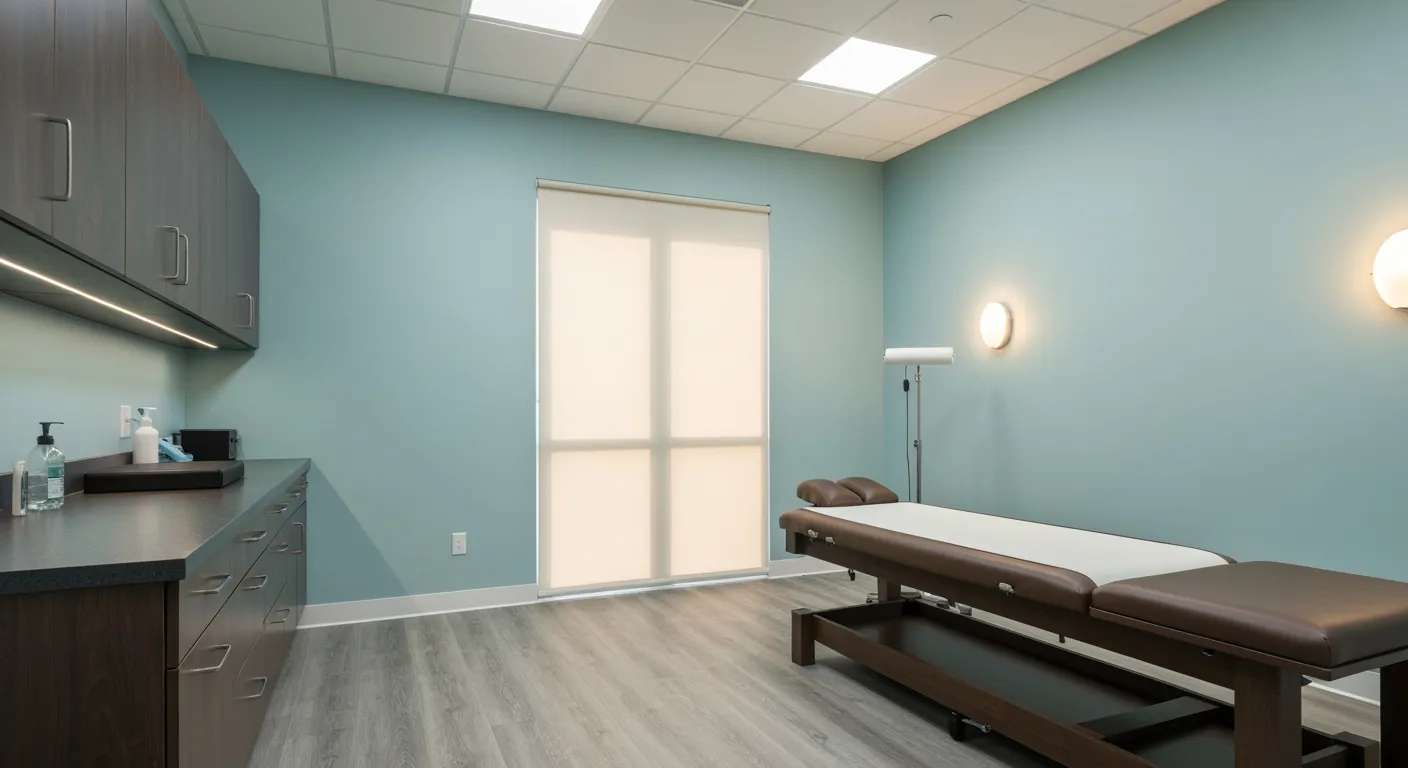
What Happens During Your Initial Chiropractic Consultation
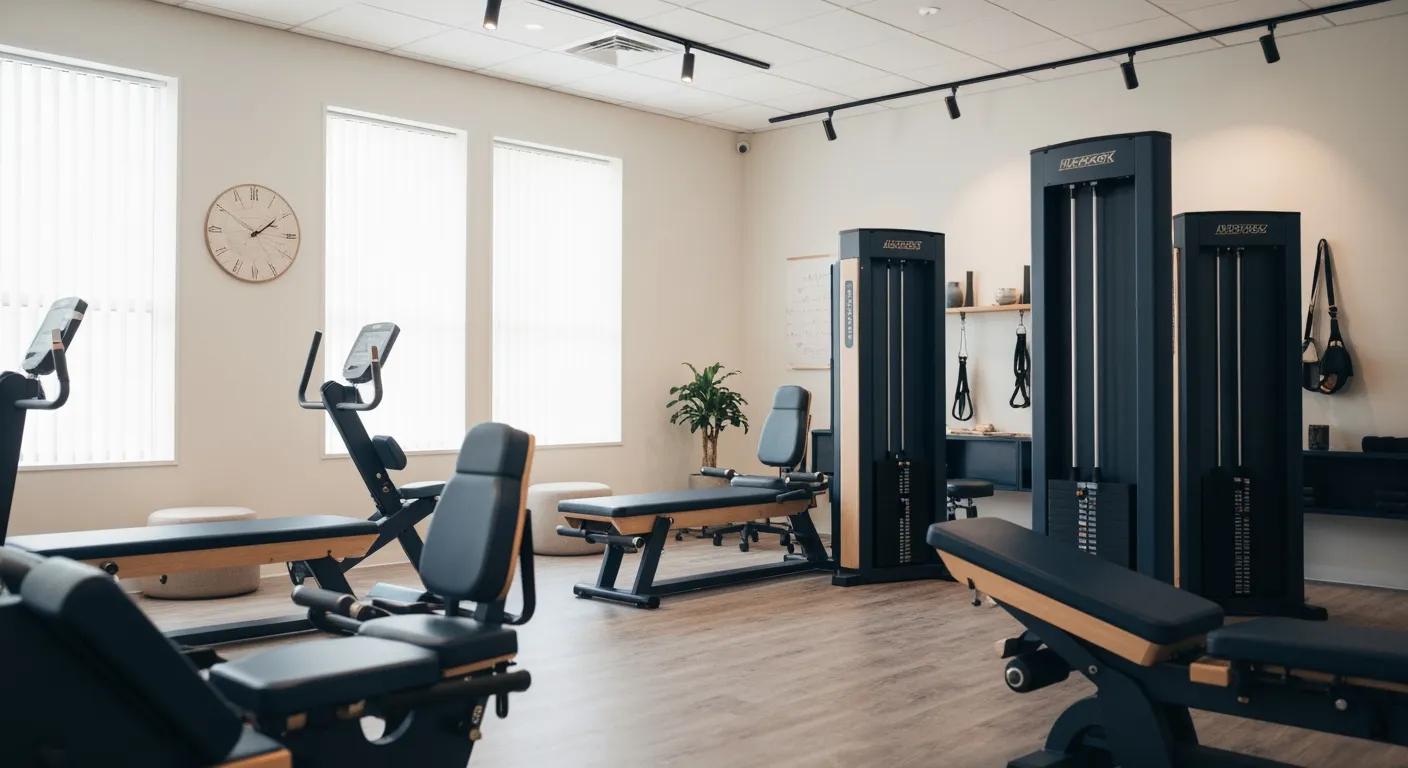
Effective Corrective Exercises for Sustainable Pain Management
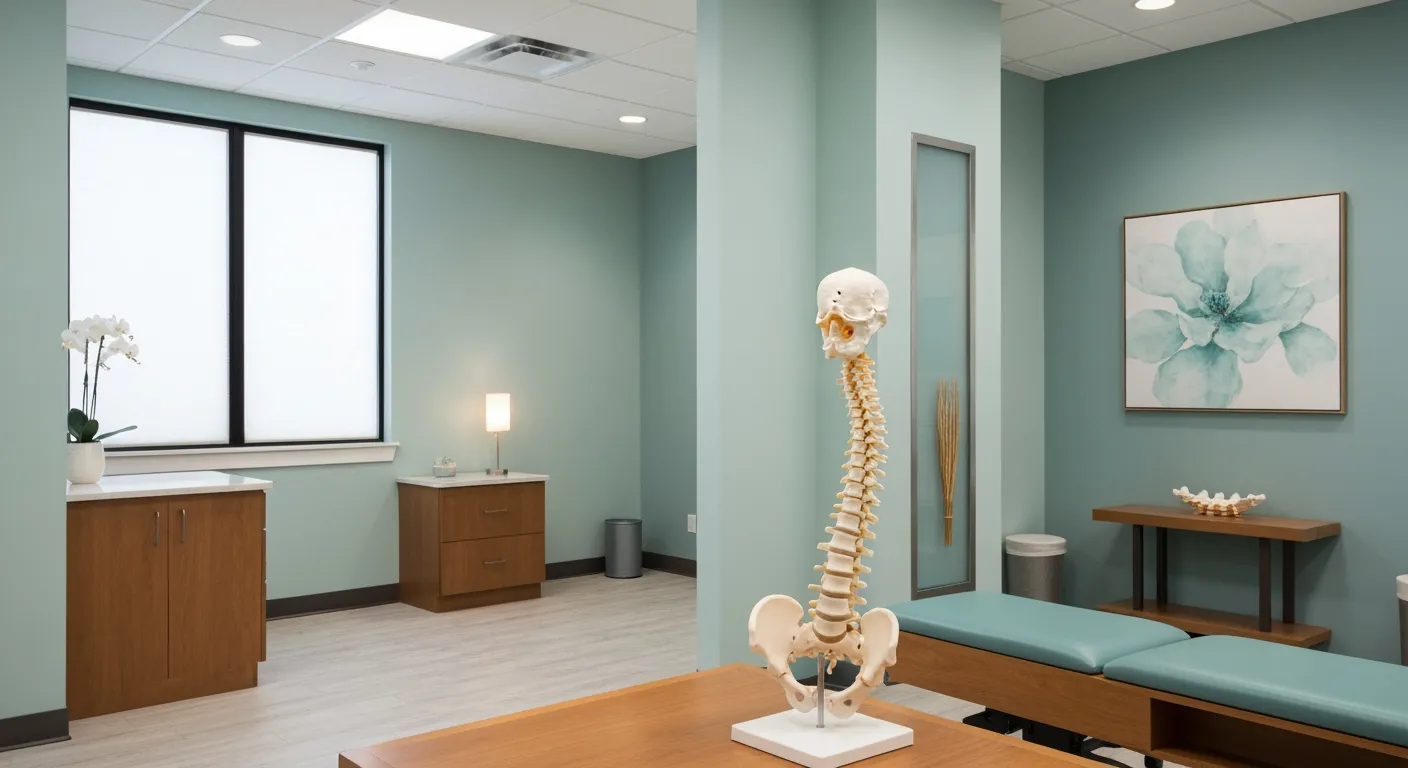
Taking a Root Cause Approach to Chronic Pain Management

Holistic Pain Management Techniques Without Surgery

How Patient Success Stories Validate Chiropractic Care Benefits

Spinal Decompression: Innovative Treatment for Sciatic Nerve Pain
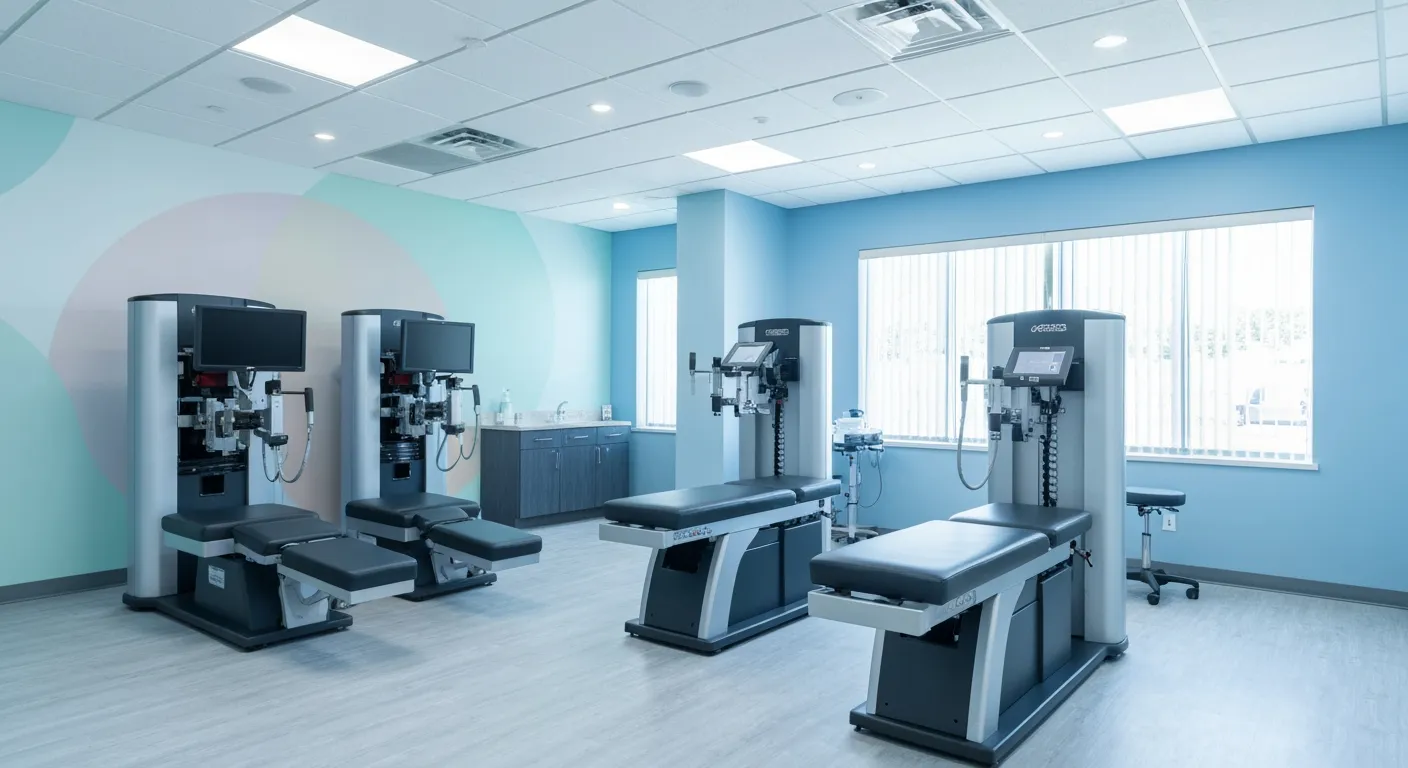
Spinal Decompression Therapy: A Non-Invasive Approach to Sciatica Relief

Exploring Holistic Approaches Beyond Surgery for Pain Relief

Practical Lifestyle Advice to Support a Healthy Spine Every Day
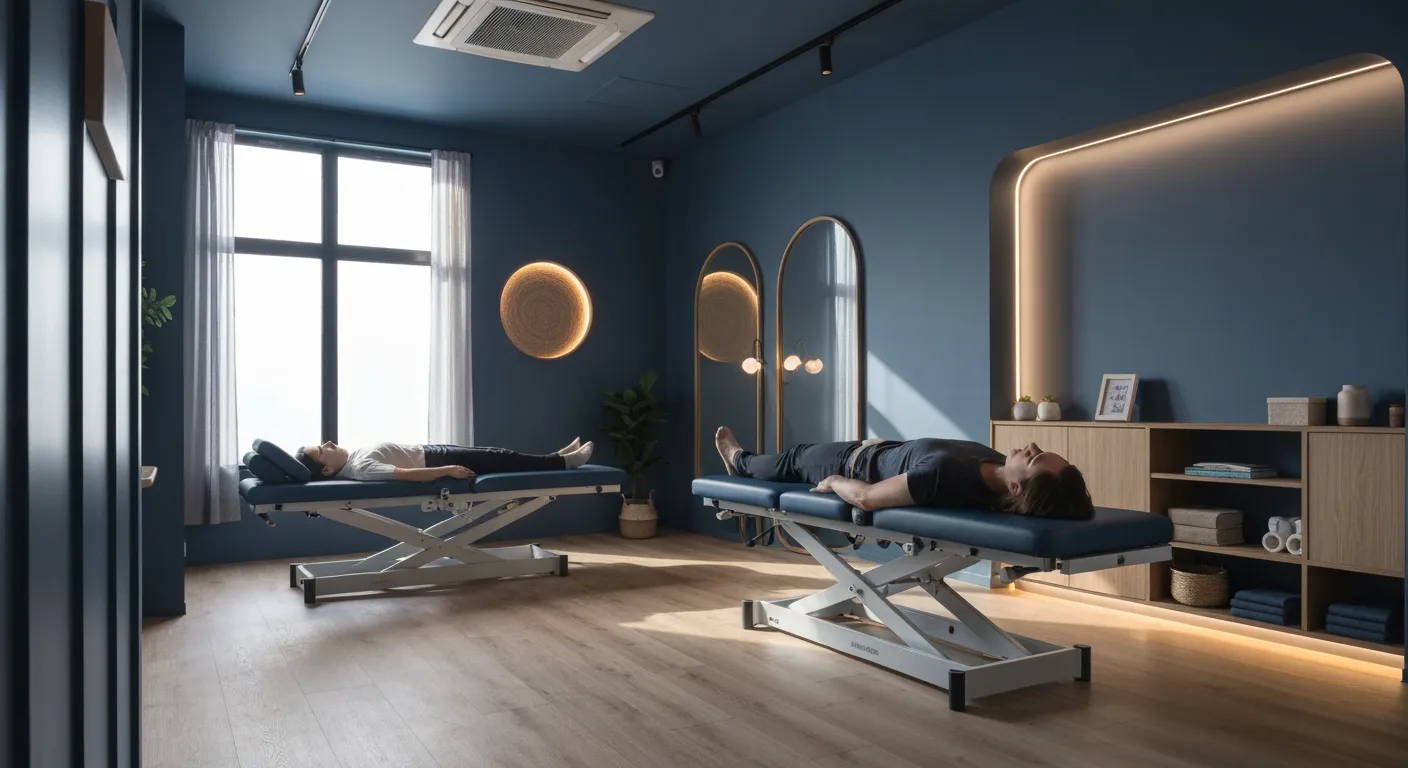
Corrective Exercise Routines Designed for Long-Term Pain Prevention
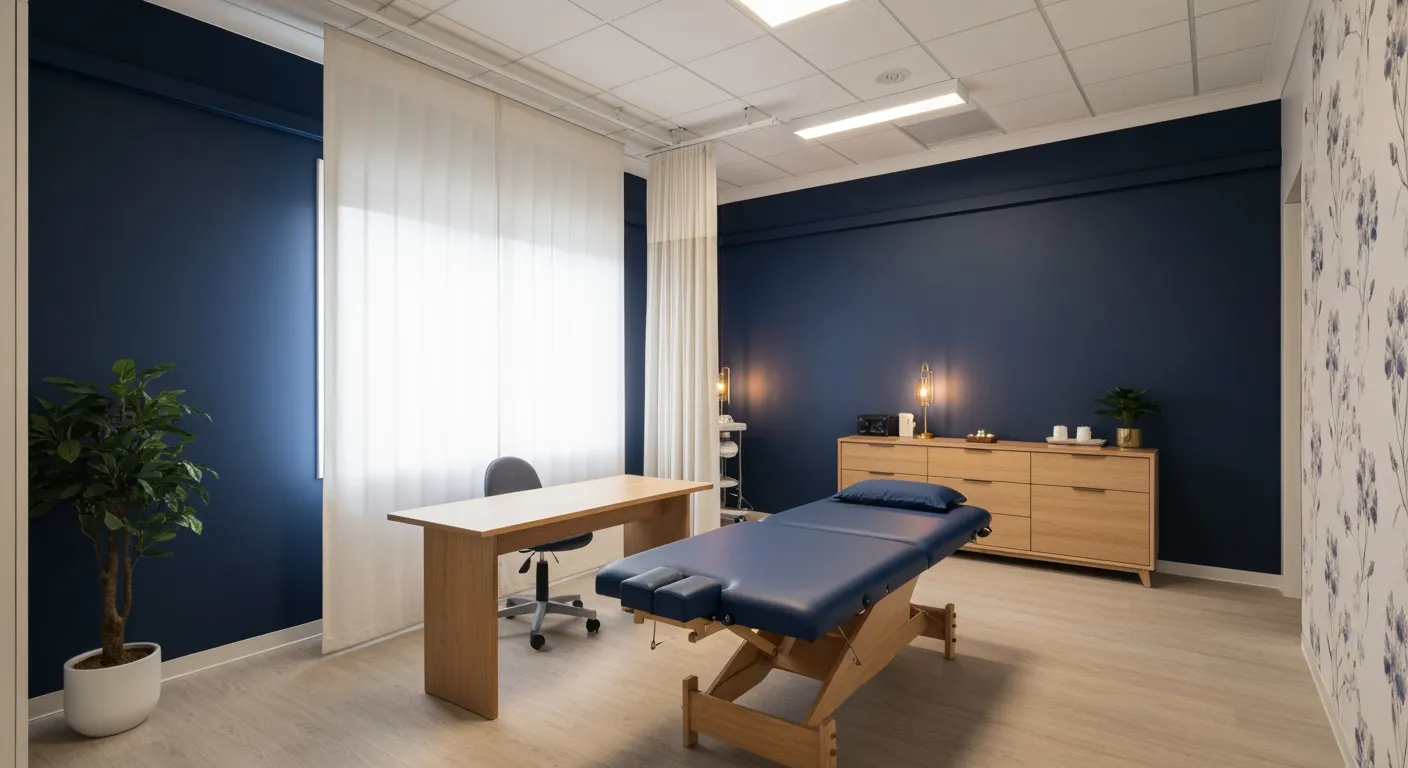
Real Patient Stories: Overcoming Chronic Pain with Chiropractic Care
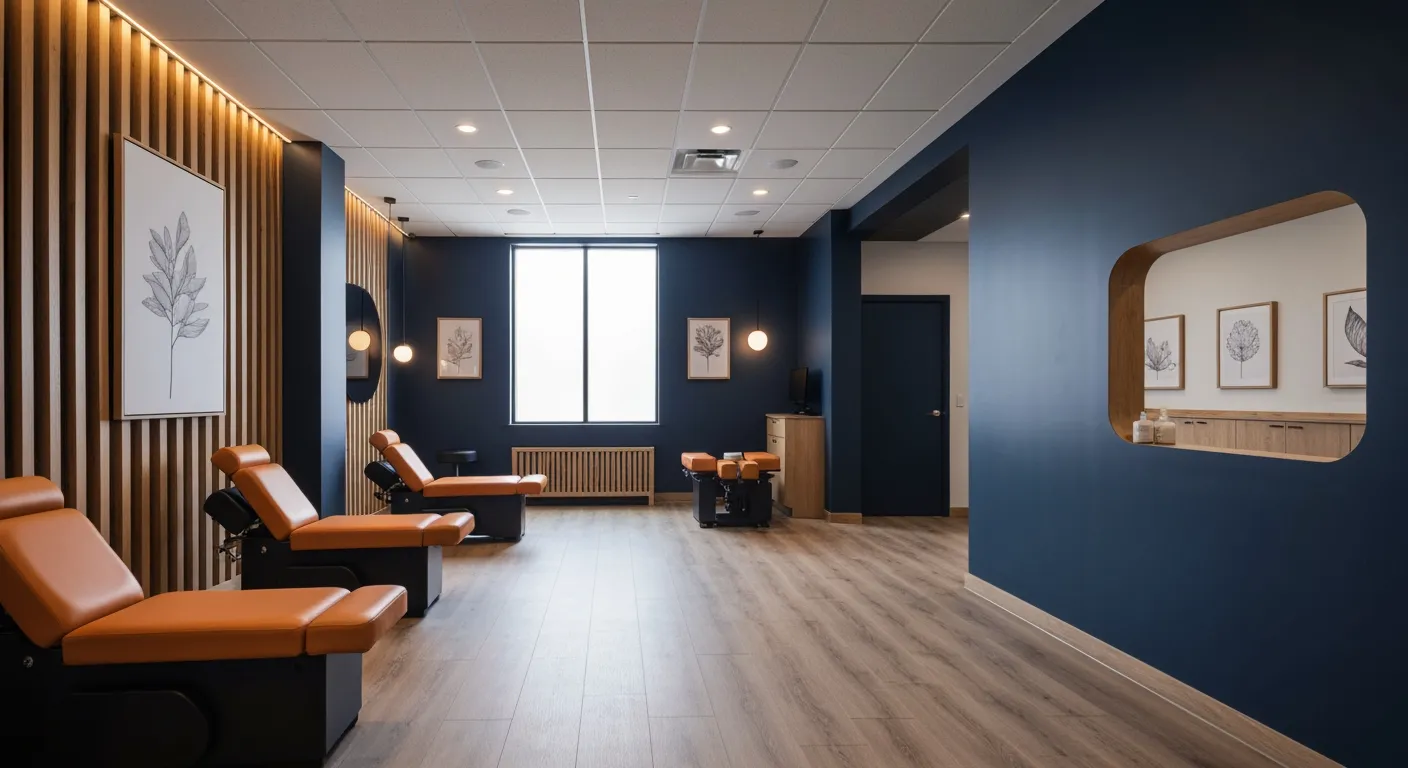
Lifestyle Changes That Promote a Healthy Spine and Prevent Injury
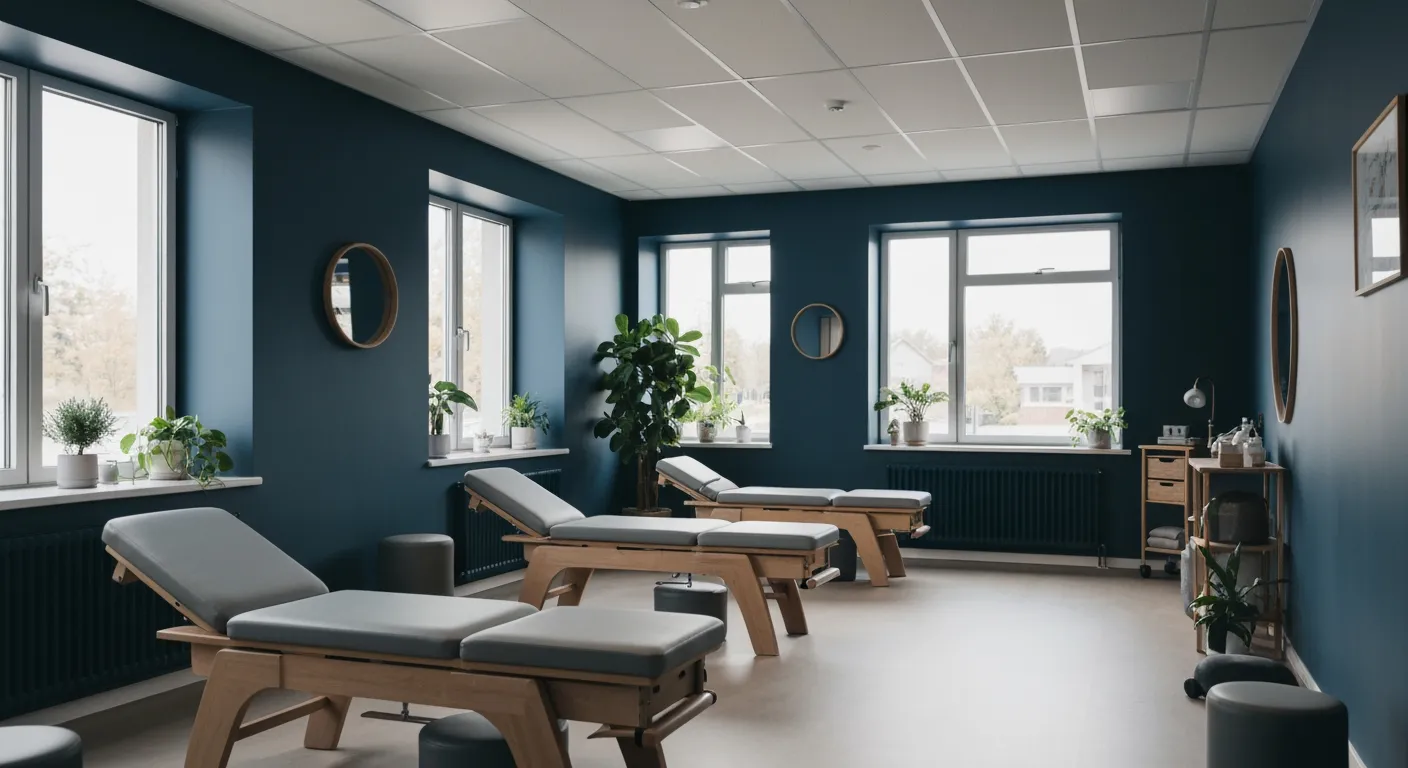
How Addressing the Root Cause of Pain Leads to Lasting Relief

Non-Surgical Holistic Therapies to Manage Chronic Pain Effectively

Nutritional Counseling's Impact on Physical Health and Healing

Benefits of Regular Chiropractic Care for a Stronger Back

Your First Chiropractic Visit: What to Expect and How to Prepare

Patient Experiences: How Chiropractic Care Transformed Their Lives
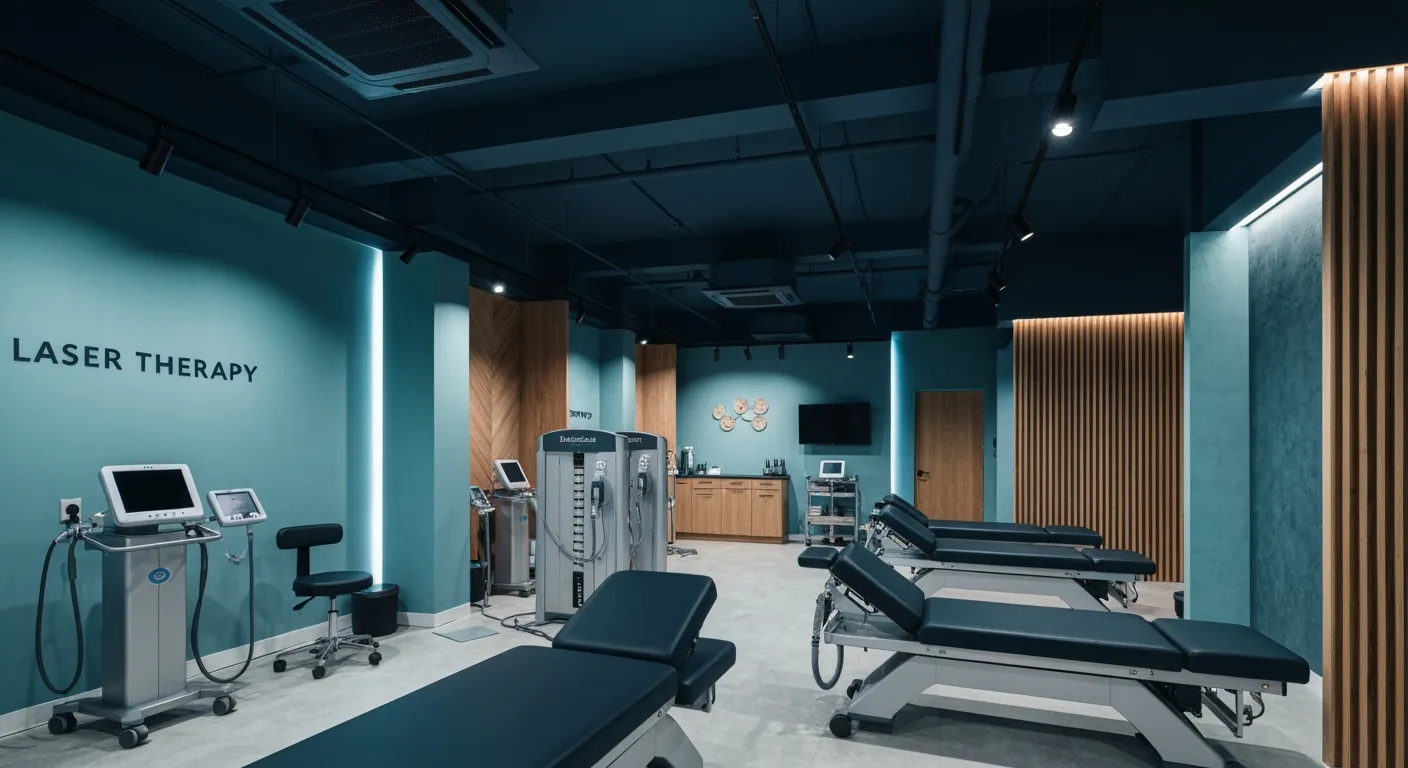
Exploring Holistic, Non-Surgical Options for Pain Management

Combining Physiotherapy with Chiropractic Treatments for Enhanced Recovery

Holistic Treatments That Offer Alternatives to Surgery for Pain Relief

Corrective Exercise Strategies for Long-Term Spine Health
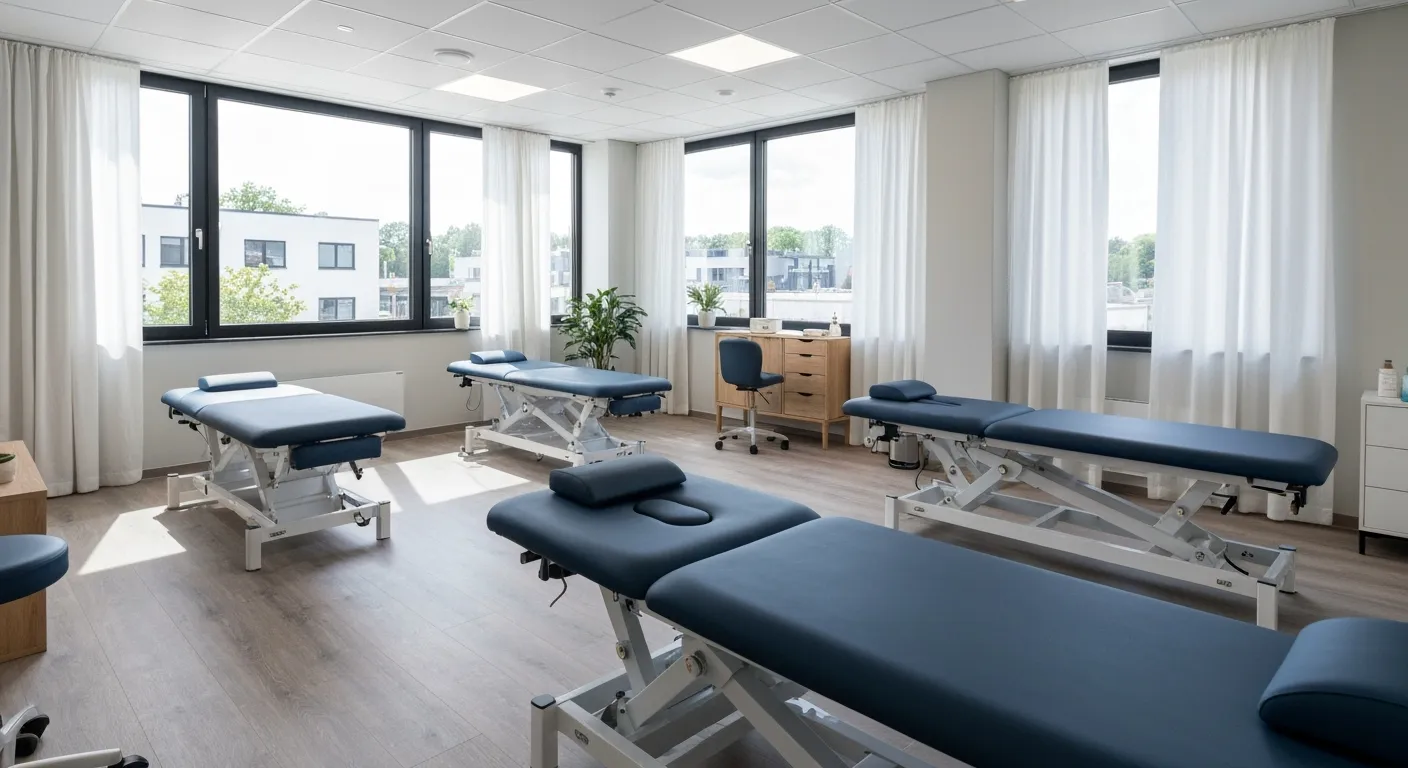
How Physiotherapy Complements Chiropractic Adjustments for Better Outcomes

First-Time Chiropractic Visitors: What You Should Know

Understanding the Importance of Treating Pain at Its Source

Adopting Lifestyle Changes to Support Your Spine's Wellness

Utilizing Physiotherapy to Enhance Chiropractic Treatment Outcomes

The Key Advantages of Chiropractic Care for Back Pain Sufferers

Why Focusing on Root Causes Improves Pain Treatment Success

Corrective Exercises That Promote Lasting Pain Relief and Mobility
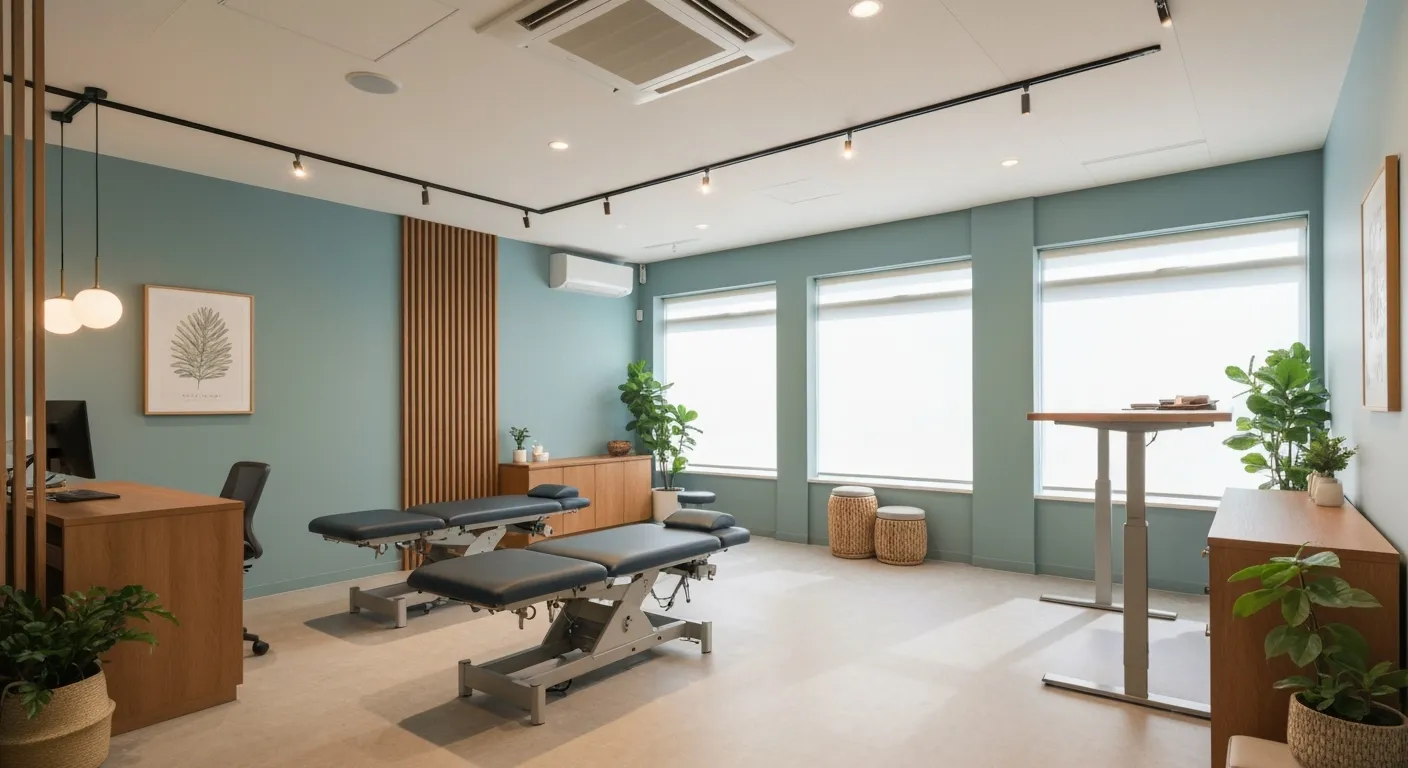
Sciatica Relief Through Targeted Spinal Decompression Techniques

Preparing for Your First Chiropractic Appointment with Confidence

Healthy Lifestyle Habits for Maintaining Spinal Alignment

Success Stories Highlighting Chiropractic's Role in Pain Recovery

Top Benefits of Chiropractic Care for Chronic Back Pain

Nutrition Tips to Boost Your Overall Wellness and Recovery

How Chiropractic Care Alleviates Back Pain Naturally
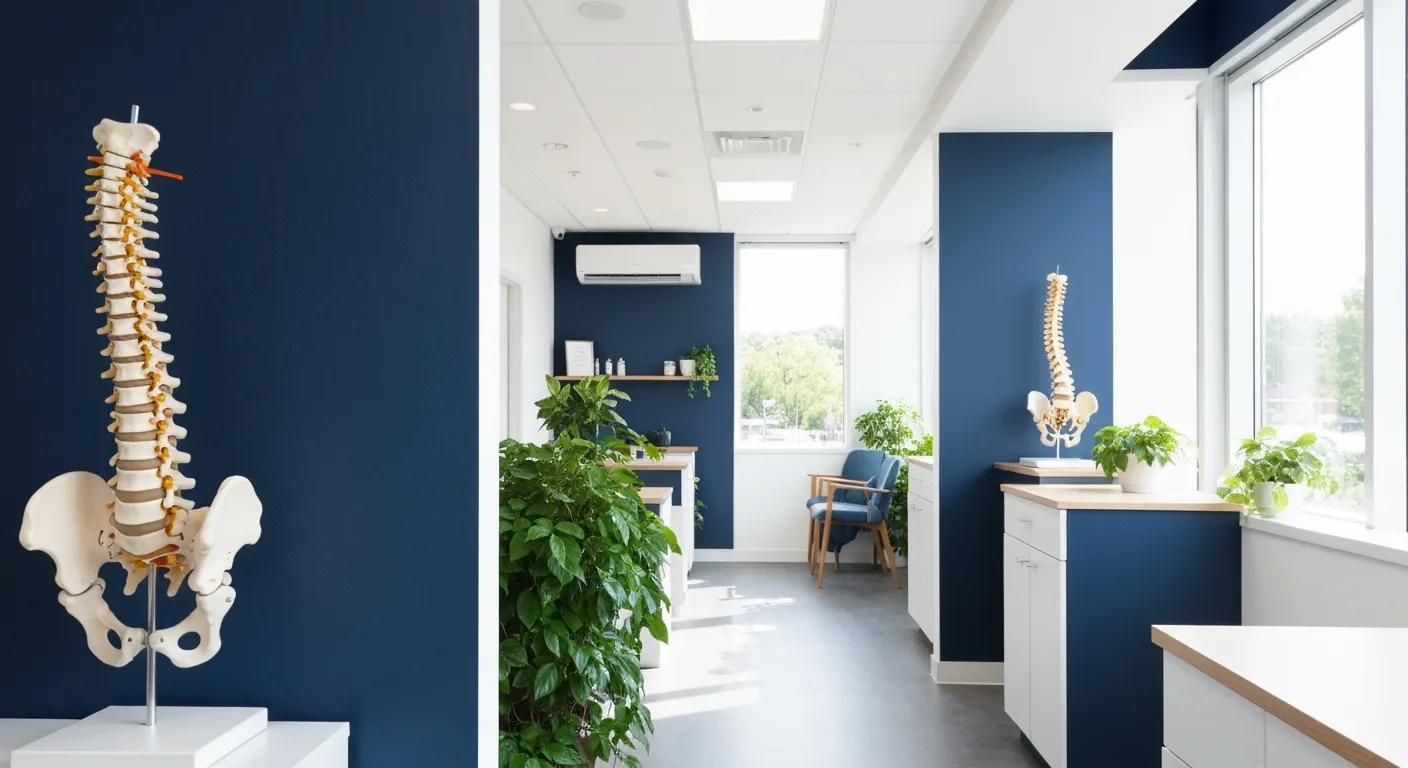
How Nutritional Counseling Supports Overall Wellness and Spine Health
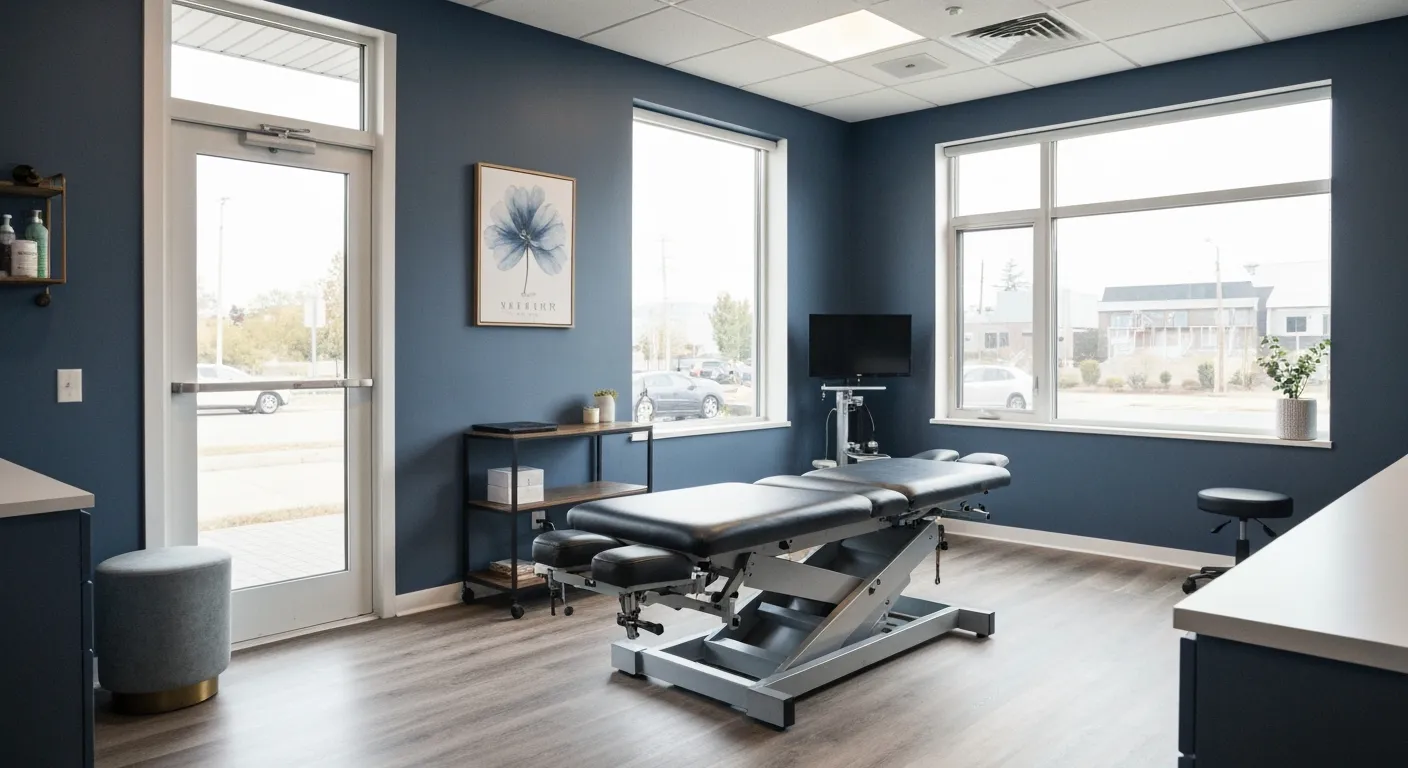
Step-by-Step Guide to Your First Visit with a Chiropractor

Using Nutrition to Support Chiropractic and Overall Wellness

Integrating Physiotherapy in Your Chiropractic Healing Journey

How Physiotherapy Complements Chiropractic Adjustments for Faster Healing
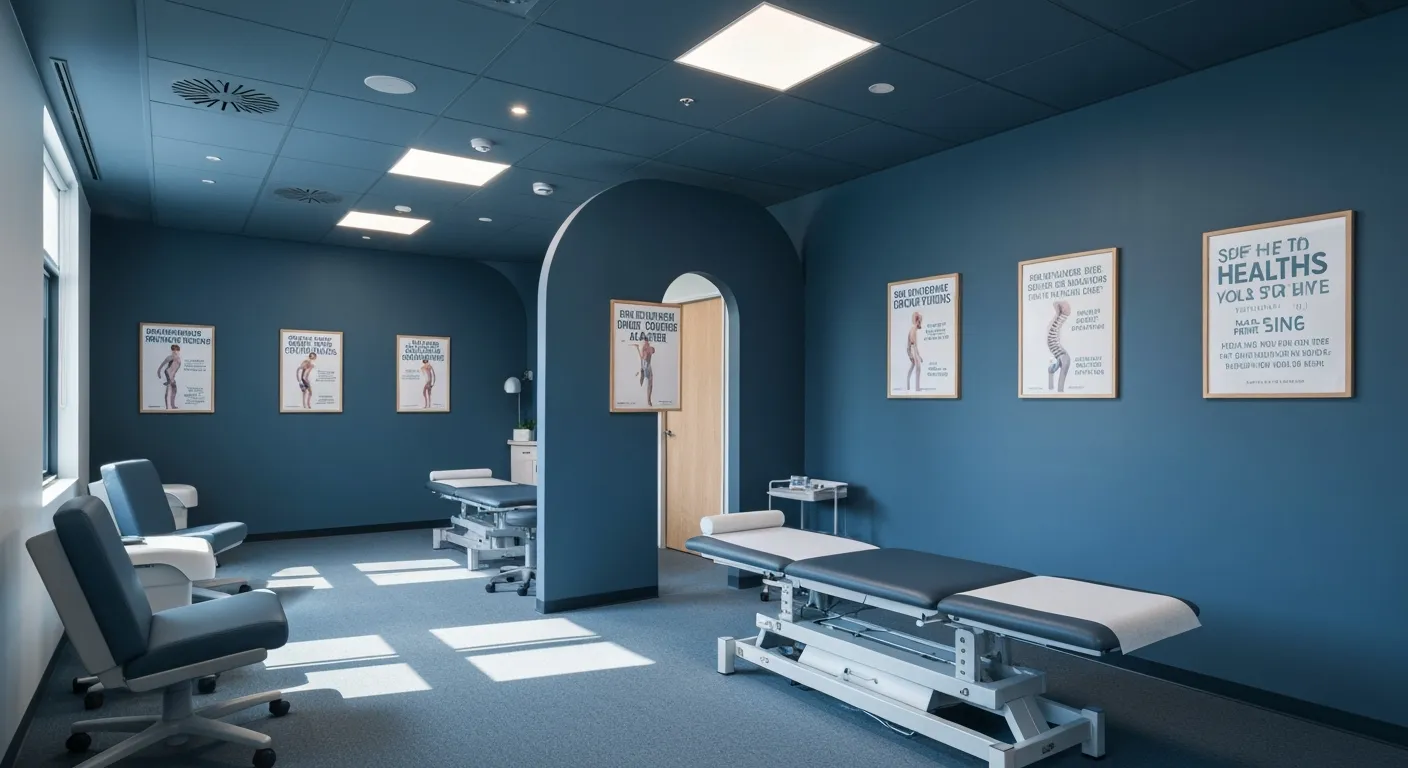
Lifestyle Tips for Maintaining a Healthy Spine and Preventing Back Pain

Heartwarming Patient Testimonials Highlighting Chiropractic Success

How Proper Nutrition Supports Chiropractic and Physiotherapy Treatments

Combining Physiotherapy and Chiropractic Treatments for Optimal Recovery
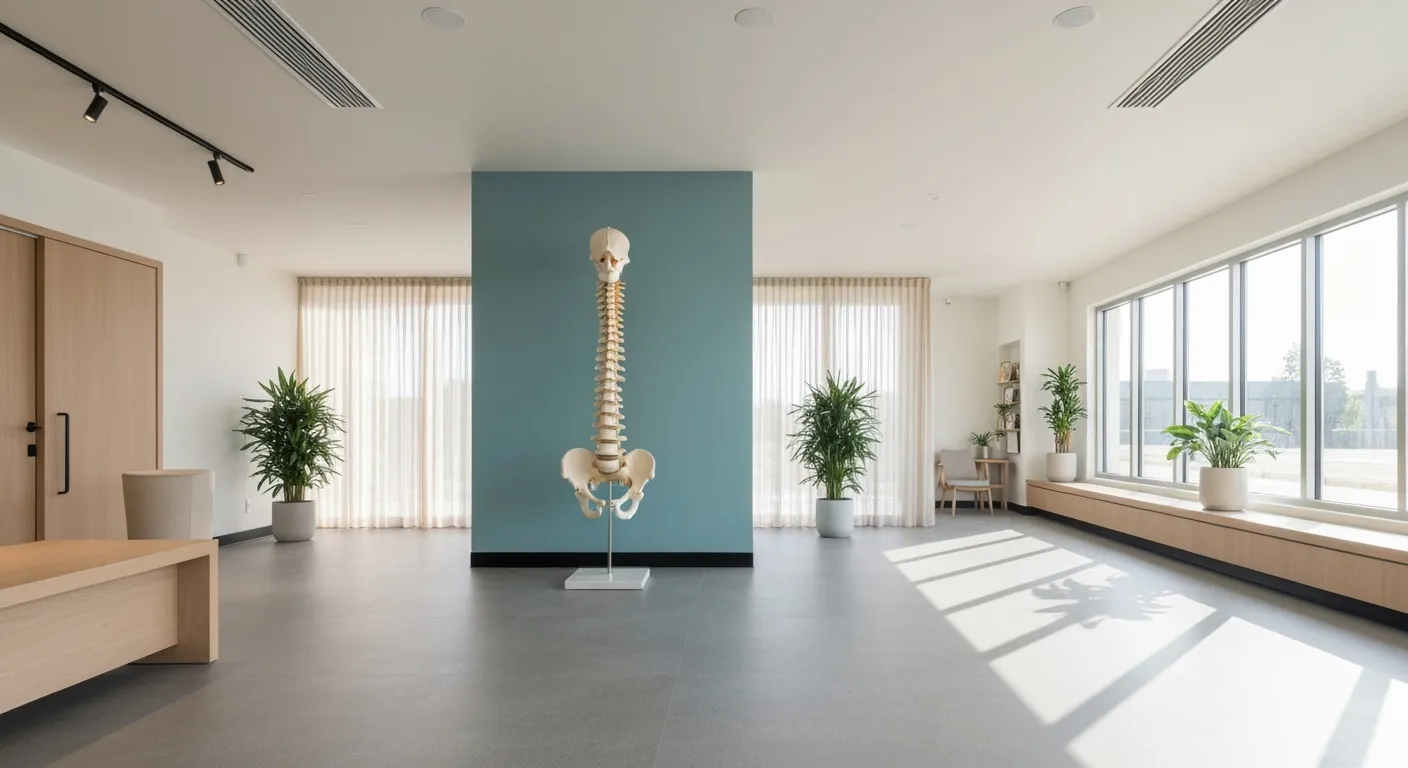
Why Chiropractic Treatments Are Effective for Managing Back Pain

Choosing a Chiropractor: Tips for Finding a Trusted Provider

Integrating Physiotherapy and Chiropractic: Benefits and What to Expect

How Tailored Corrective Exercises Can Aid in Pain Management
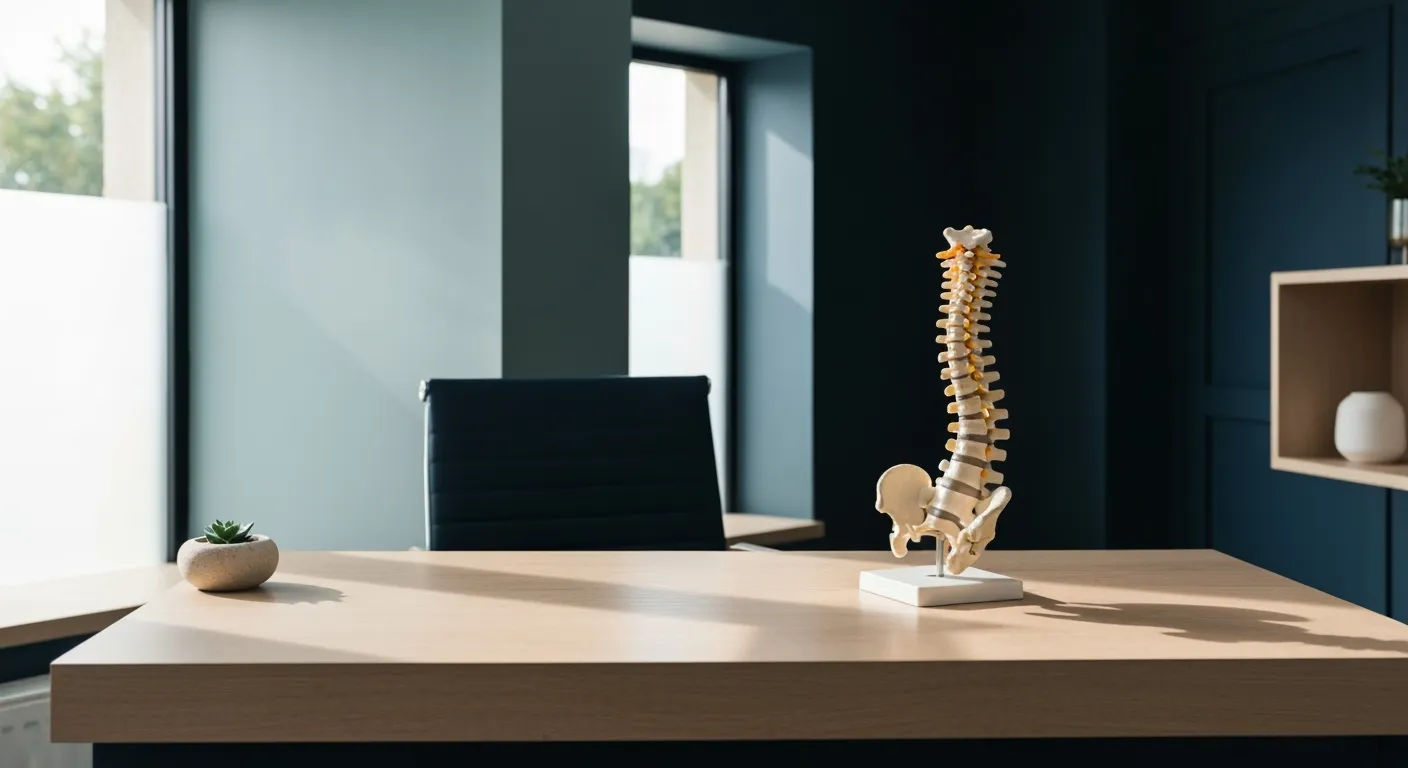
Chiropractic Care: A Proven Solution for Alleviating Back Pain

What to Expect at Your First Chiropractic Visit: A Comprehensive Guide

The Importance of Root Cause Analysis in Effective Pain Management
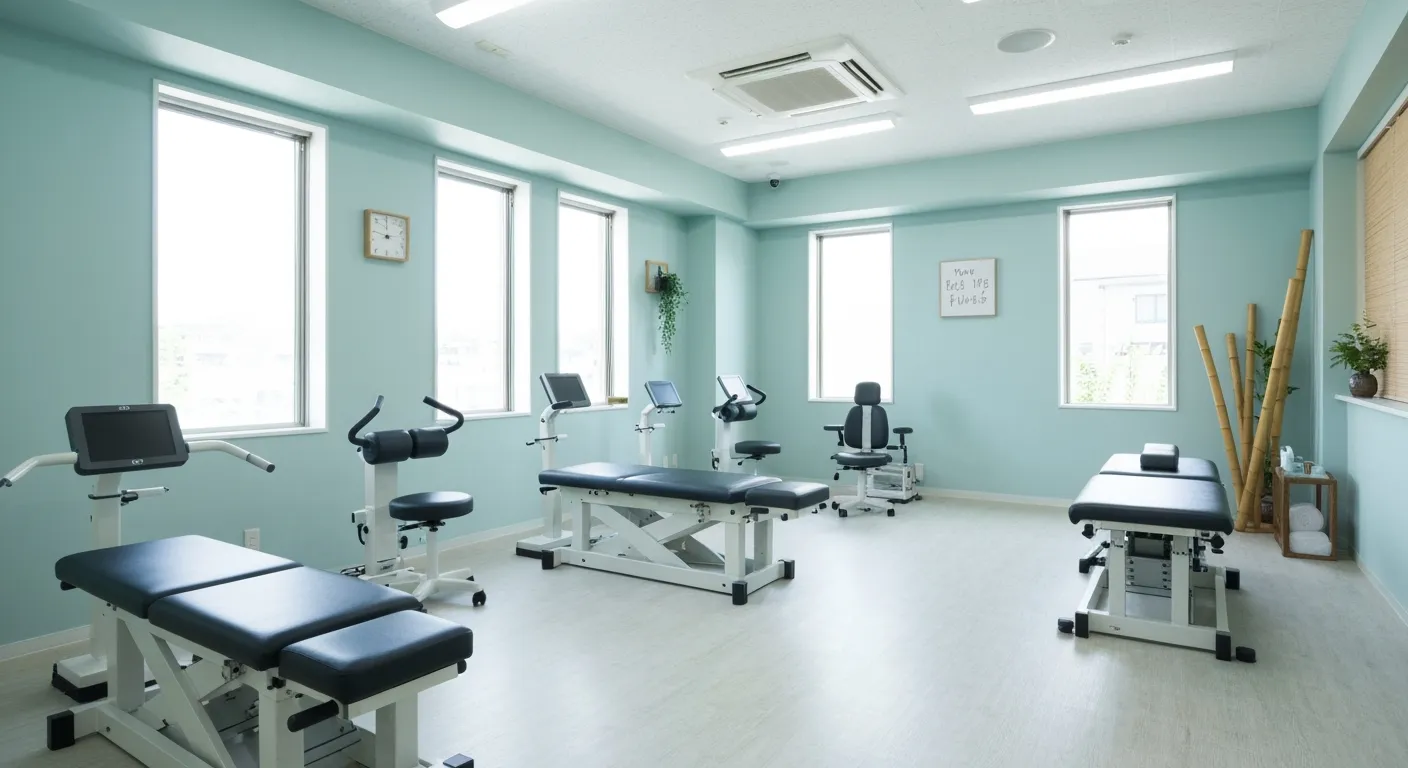
The Role of Corrective Exercises in Sustaining Pain-Free Living

Combining Chiropractic and Physiotherapy for Comprehensive Pain Relief

How Addressing Underlying Causes Improves Pain Treatment Effectiveness
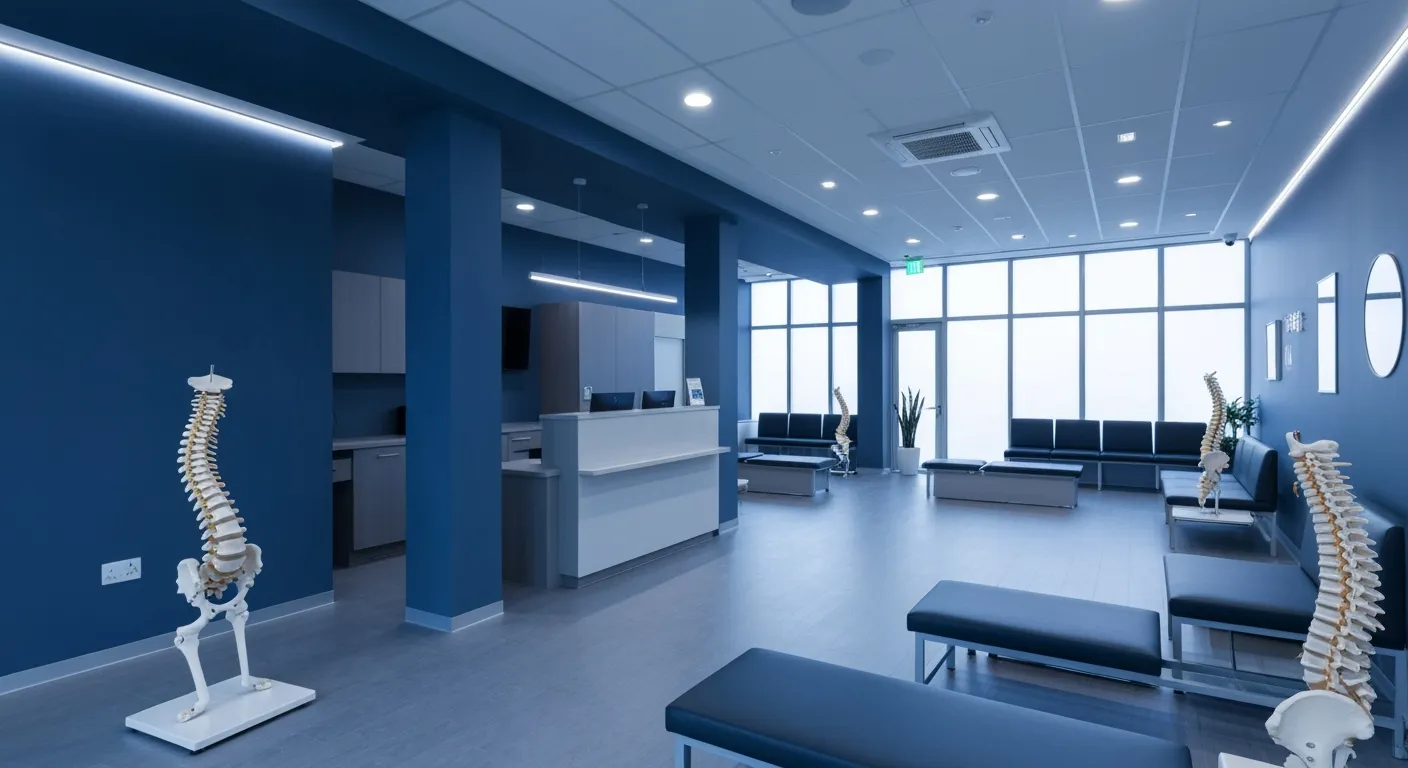
Maintaining Spinal Health Through Lifestyle Changes and Preventive Care

Understanding the Benefits of Chiropractic Adjustments for Back Pain Sufferers

Spinal Decompression Therapy: A New Hope for Sciatica Relief

Lifestyle Recommendations to Support a Healthy Spine and Reduce Pain
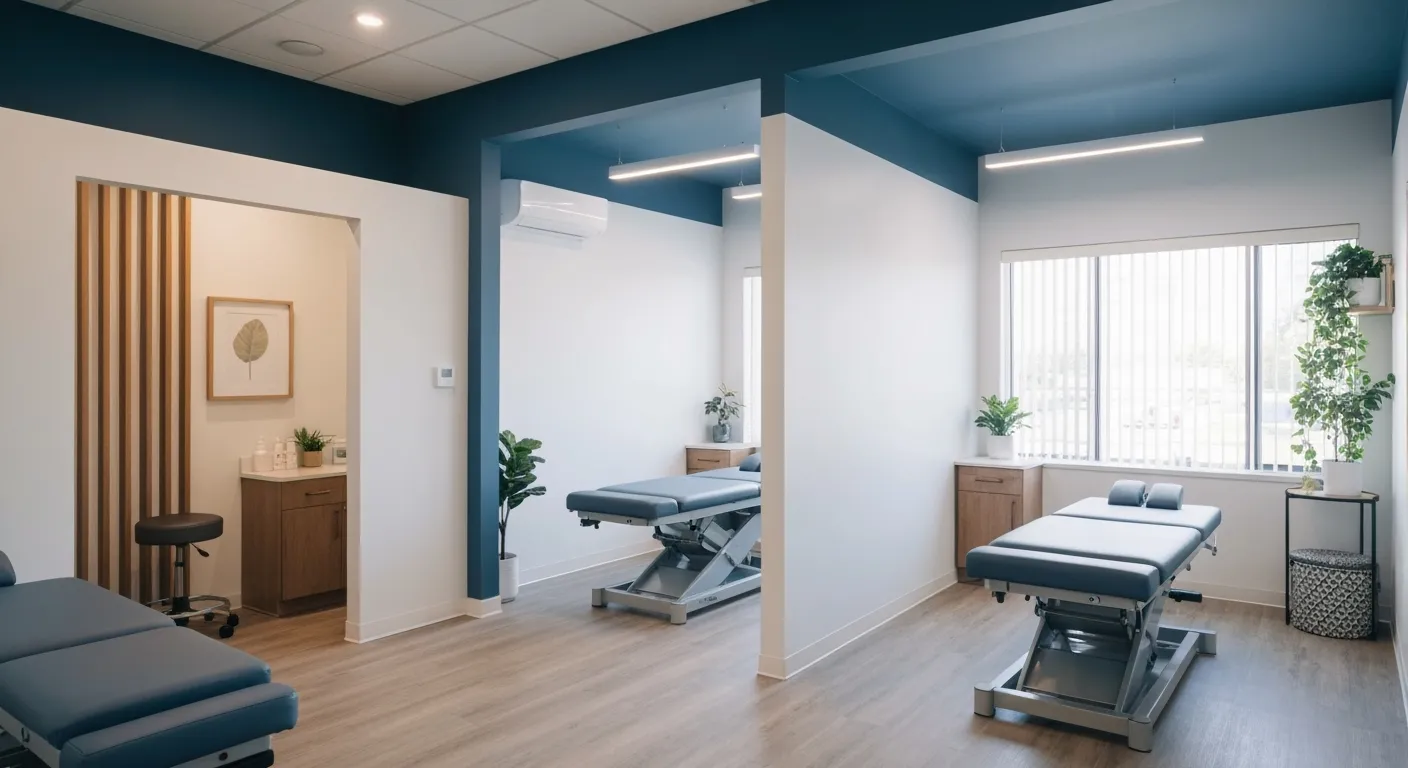
Choosing the Right Chiropractor: Key Factors to Consider Before Your First Appointment

Non-Invasive Treatment Alternatives: A Holistic Approach to Pain Relief

Corrective Exercises to Support Long-Term Relief from Chronic Pain

Exploring Non-Surgical Approaches to Spine Health and Wellness

Tips for Daily Habits That Keep Your Spine Strong

Success Stories: How Chiropractic Treatments Changed Lives

Why Focusing on the Root Cause of Pain Leads to Better Outcomes

Nutritional Counseling and Its Impact on Overall Wellness and Recovery

Patient Testimonials That Showcase the Power of Chiropractic Care

Preparing for Your First Chiropractic Appointment: What You Need to Know

Holistic Treatment Options: Beyond Surgery for Pain Relief
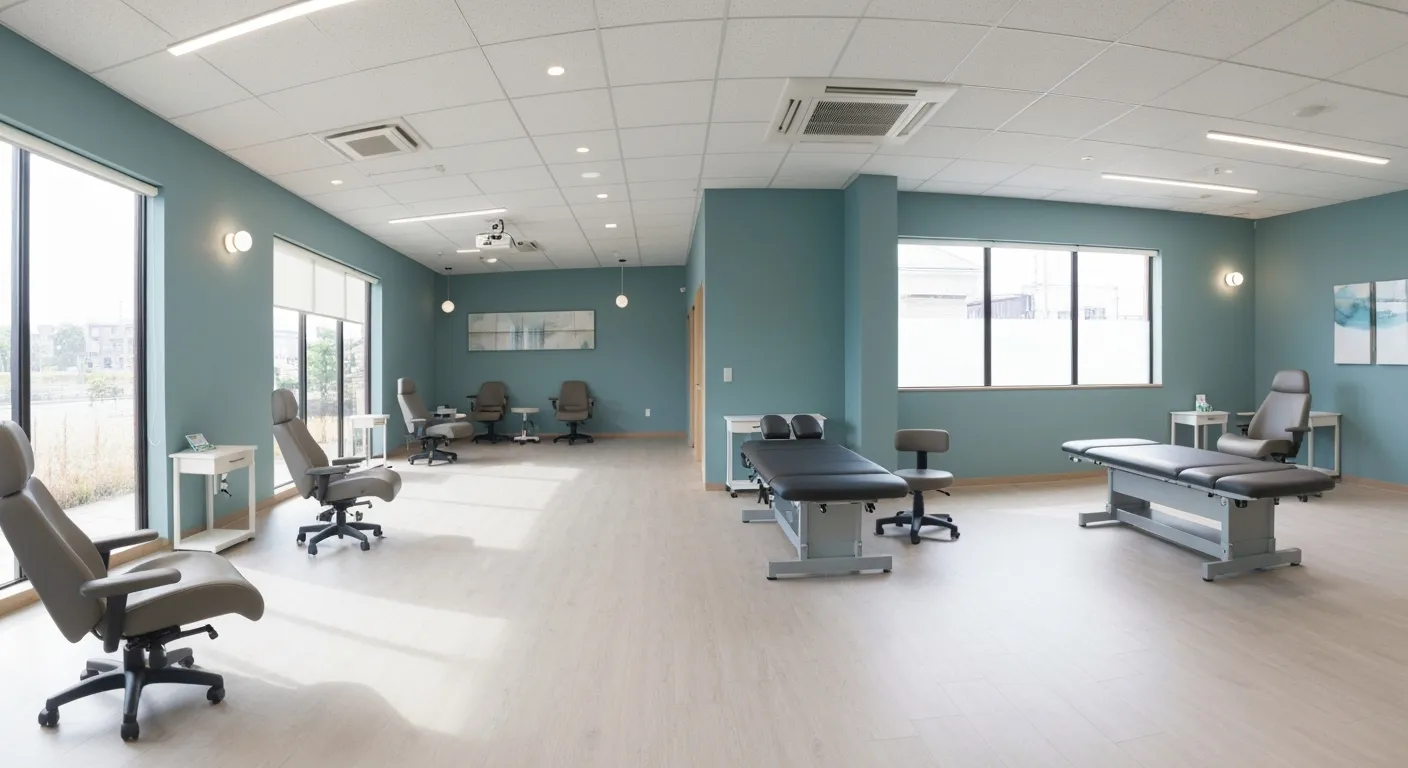
Holistic Pain Relief Methods That Avoid Surgery

Nutritional Strategies for Supporting Spine Health and Recovery

First Chiropractic Visit: What Happens and How to Prepare

Chiropractic Patient Success Stories: Inspiring Journeys to Wellness

Effectiveness of Spinal Decompression Therapy in Managing Sciatic Nerve Pain

Addressing Pain at Its Source: Why Treating the Root Cause Matters

Corrective Exercise Programs Designed for Long-Term Pain Prevention

Healthy Lifestyle Advice for Maintaining Spinal Alignment
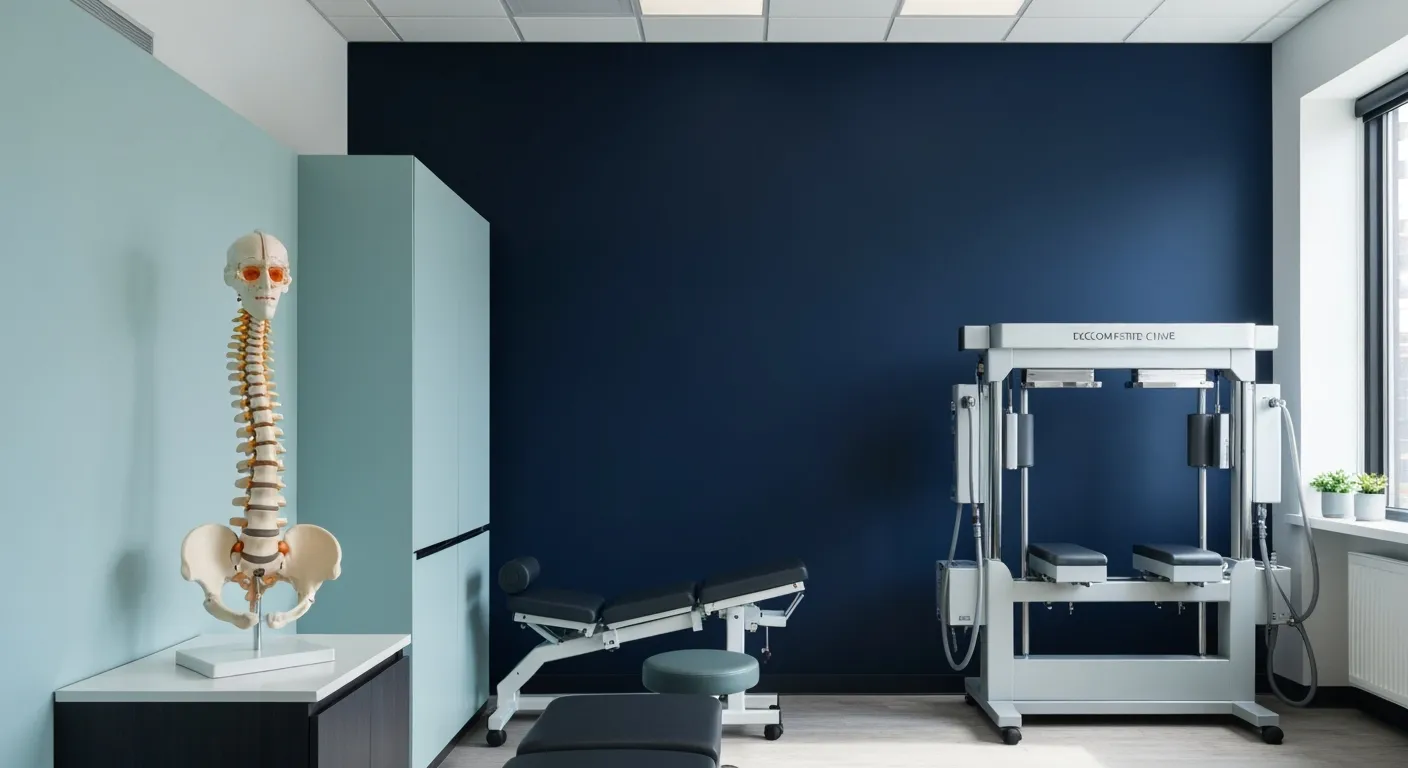
Understanding Spinal Decompression as a Treatment for Sciatica Pain
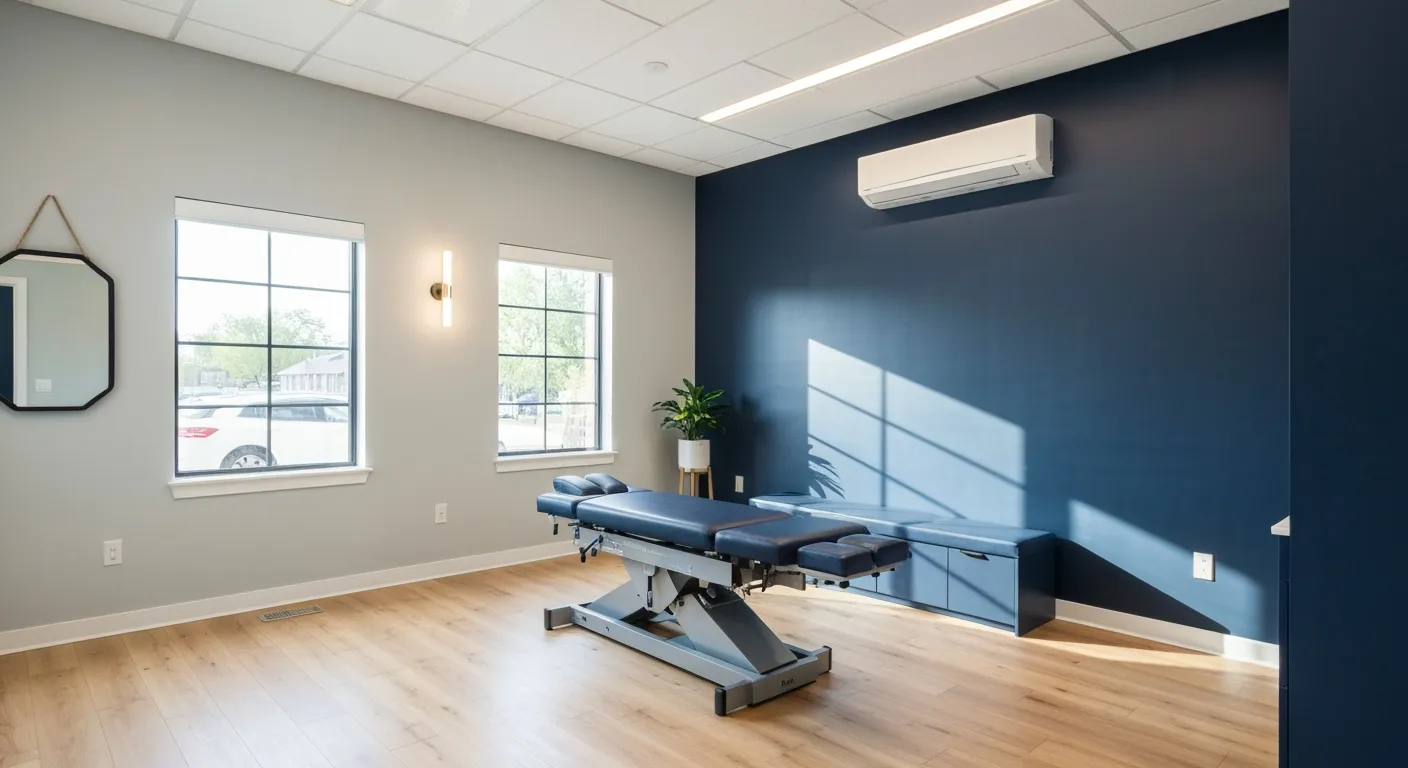
Benefits of Chiropractic Care Specifically for Back Pain Relief

Understanding Gait Analysis in Physiotherapy
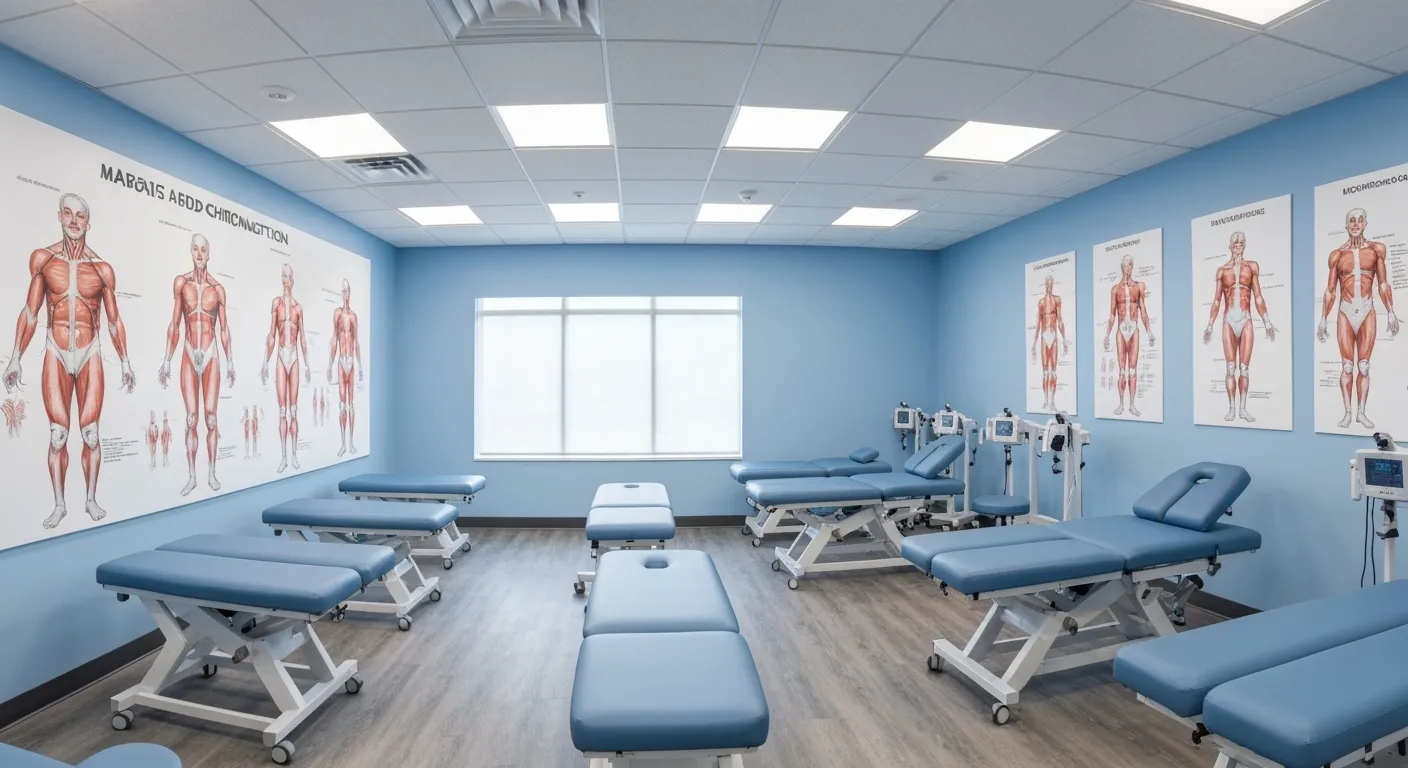
The Difference Between Muscle Soreness and Dysfunction
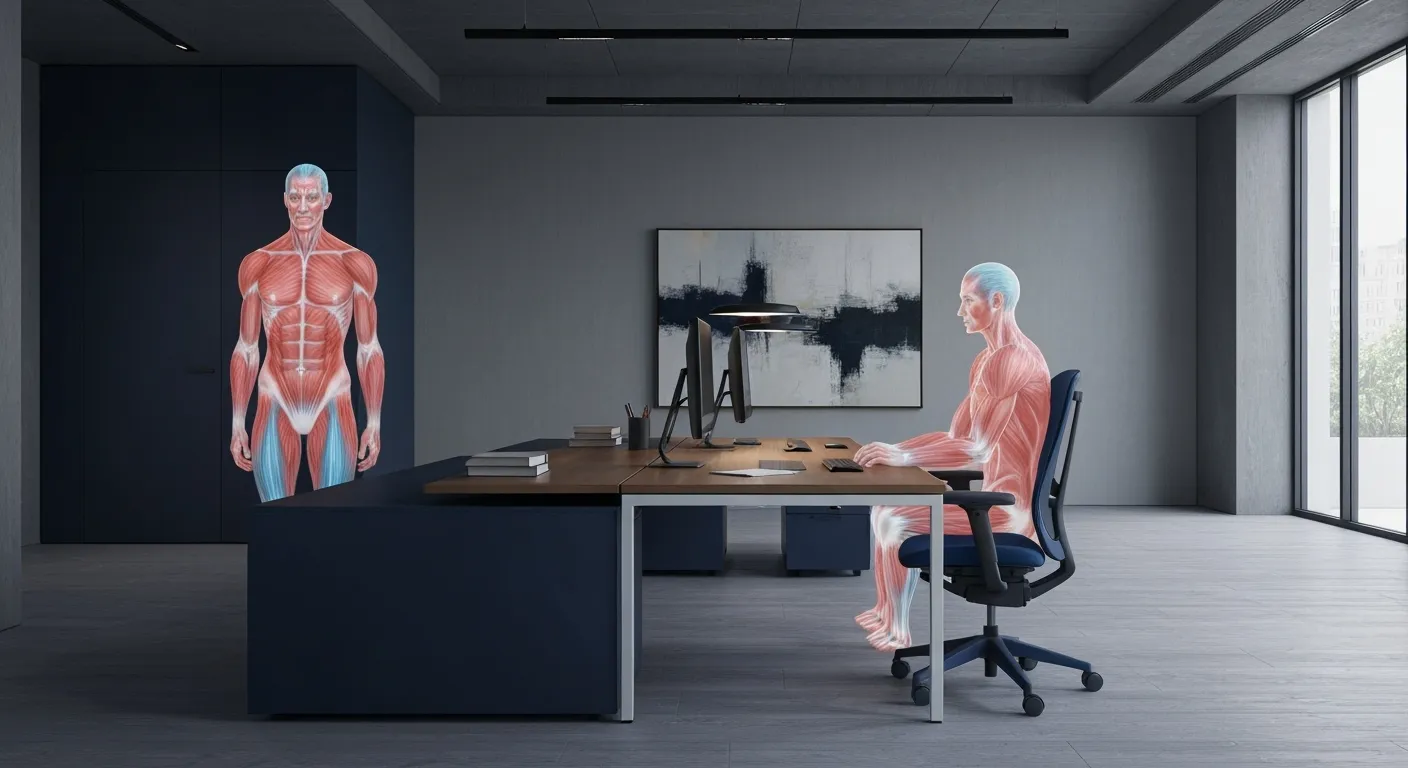
Workplace Stress Statistics: How Muscle Tension Impacts Productivity
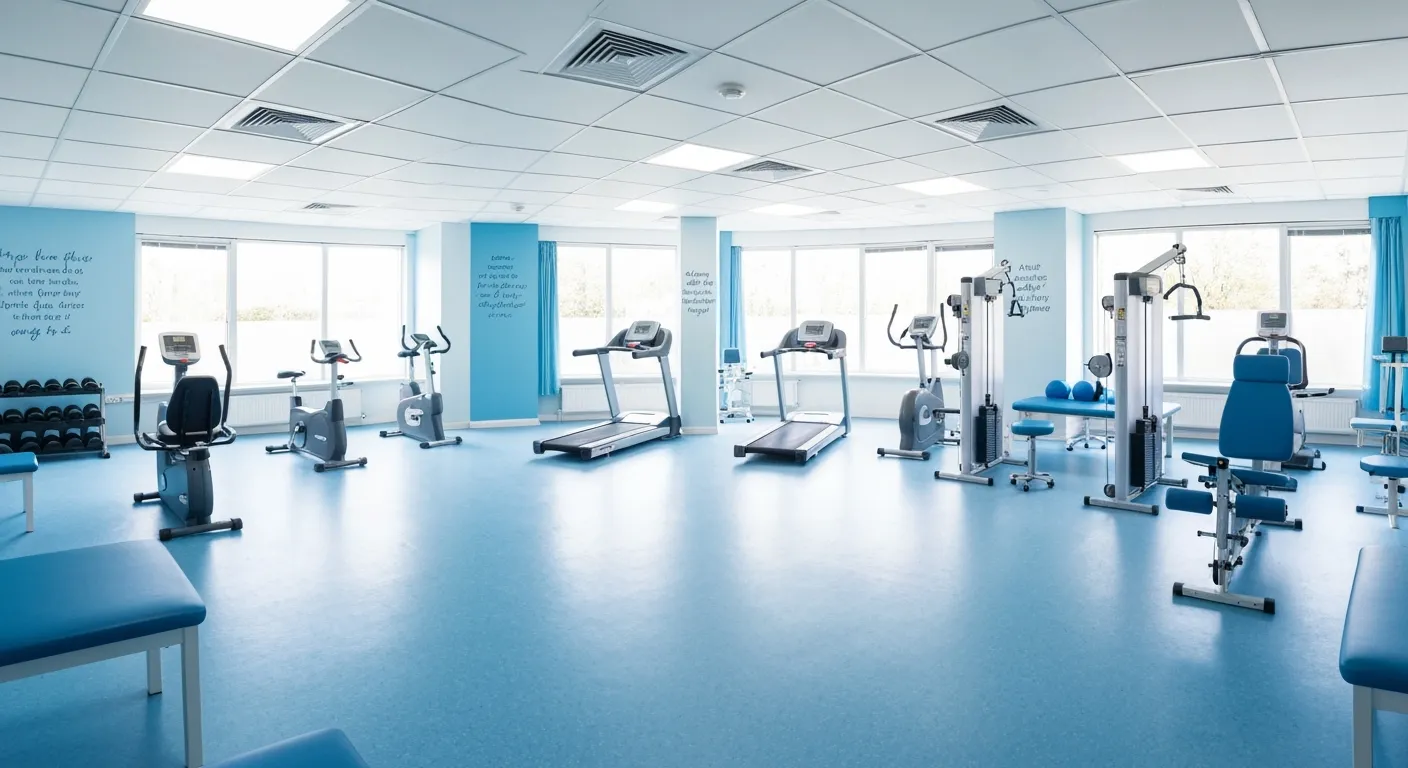
How Physiotherapy Improves Mobility for Seniors

How to Communicate Pain Levels to Your Therapist Effectively

Physiotherapy Interventions for Balance and Fall Prevention

How Physiotherapy Helps Post-Surgical Recovery

